“Houston, we have a problem… ” STOP using your Bindle Bottle IMMEDIATELY (significant Lead-contamination of storage chamber)
For those new to this website:
Tamara Rubin is a multiple-federal-award-winning independent advocate for childhood Lead poisoning prevention and consumer goods safety, and a documentary filmmaker. She is also a mother of Lead-poisoned children (two of her sons were acutely Lead-poisoned in 2005). Since 2009, Tamara has been using XRF technology (a scientific method used by the U.S. Consumer Product Safety Commission) to test consumer goods for toxicants (specifically heavy metals — including Lead, Cadmium, Mercury, Antimony, and Arsenic). All test results reported on this website are science-based, accurate, and replicable. Items are tested multiple times to confirm the test results for each component tested. Tamara’s work was featured in Consumer Reports Magazine in February of 2023 (March 2023 print edition).
Before writing the article below I shared this graphic on social media.
A reader shared this screenshot with me:
The three images below are from Bindle Bottles’ Instagram page:
Video showing testing of this product with a LeadCheck swab:
Tuesday – January 3, 2023
Houston Max, the owner and inventor of the Bindle Bottle came up with a clever idea…but didn’t do all of his homework…and I’m sorry to report that now he has a really BIG problem on his hands: The Bindle Bottle is a water bottle with a stash compartment. I think (from their Kickstarter video and other materials) it is easy to extrapolate that the original intention was that you could use the compartment in the bottom of your water bottle to stash your *actual* “stash” when going on a hike [which is perhaps why there is language that it is “scent-proof”(!) …in case you have…maybe some “premium bud?”; a “partially-smoked joint?”; something along those lines in the compartment?) lol.
From there, the concept of using it as a place to store your keys, earbuds, credit cards – and other small bits you might have with you… in a “safe” and “waterproof” compartment at the bottom of your bottle (especially when taking those things to the beach with you) likely evolved — and that is key to their marketing materials: keeping your “stuff” “safe” when you go to the beach.
… Then things took a turn for the (extremely dangerous) worse…
But then… (again, as you can clearly see from their marketing materials, per all of the images at the bottom of this article) the idea evolved into the possibility of using the compartment to store a snack. You can see all of the food-related images from their Instagram page, below (images captured today, January 3, 2023). And THERE we have the PROBLEM (severity: “EXTREME!”) …
… BECAUSE this insulated stainless steel water bottle (like so many other similar insulated stainless steel water bottles I have tested) has a “sealing dot’ made of nearly 100% PURE LEAD at the bottom, used to seal the vacuum that keeps the contents cold (or hot). Here’s a piece I wrote discussing sealing dots in general. Leaded sealing dots are NEVER good, of course — but the “saving grace” for some of these types of bottles is that they at least have a tightly-pressed-on “bottom cap” meant to cover the sealing dot — so that the humans using the bottle are not exposed to the Lead blob that creates the vacuum seal. I frequently warn readers that if ever one of those bottom caps comes off (and unfortunately, in the real world, they frequently do!), there is a significant risk to the user — and the bottle should be discarded.

 Buyers of this product would never assume there is any Lead in the product — let alone a solid blob of (highly-neurotoxic, completely bioavailable) nearly-100%-pure Lead!
Buyers of this product would never assume there is any Lead in the product — let alone a solid blob of (highly-neurotoxic, completely bioavailable) nearly-100%-pure Lead!
On top of the fact that there is a super-high-Lead component in this bottle, it is especially egregious — given the level of virtue-signaling/greenwashing with the advertising for this product. Statements include concepts around corporate responsibility in being “plastics neutral” and “removing 1 pound of plastic from the oceans with every purchase,” and around the fact that the bottle is “100% stainless steel” (when it is in fact, “stainless steel-and-Lead“). See the images above.
The problem with the Bindle Bottles is that this is the EXACT SAME PROBLEM for which the Green Sprouts stainless steel insulated baby bottle was recalled in November (because the protective bottom cap accidentally came off and “potentially” exposed the user to Lead)… EXCEPT — and this is a GIANT “except” — with the Bindle Bottle, Lead-exposure is created not from an accidental failure of the product, but rather from an intentional, functionally designed/fundamental/promoted use of the product! Here’s the link to the information about the November Green Sprouts baby bottle recall.
My husband just said to me… “When are we going to be able to stop having to call companies out on this same unbelievably-stupid type of construction? When are they going to start paying attention and doing things safely the first time around? How many times do you have to “discover”/report this same exact manufacturing “oversight” again, and again, and again???”
The people behind the Bindle Bottle company appear to have done absolutely no research on this (when they read this article, this may be their “first alert” that there is a blob of solid Lead inside their “compartment”). This is so frustrating since Lead Safe Mama articles about the concern for Leaded sealing dots on insulated stainless steel water bottles go back to the issue with Leaded sealing dots on Pura Kiki (similarly greenwashed) baby bottles — back in 2016/2017! And my work on this issue actually goes back even further — to 2011/2012, when I first called out Hydroflask for having Leaded sealing dots on their bottles… a problem they fixed — and for which they subsequently received great accolades for having done so (with no mention of how they discovered their sealing dots were Leaded … hint: Lead Safe Mama tested their bottles and informed them!).
The folks at Bindle Bottle compounded this seriously dangerous construction design flaw — by creating a quite-misguided USE for the space beneath the “protective” bottom cap on a bottle using this type of construction and making the cavity larger to facilitate this use. On their bottles, they made the bottom cap functionally intentionally removable so you can intentionally get at this space to store things (including – unbelievably – as the images below clearly encourage) FOOD! The images below show people storing people’s snacks in the bottoms, storing dog snacks in the bottoms, directly eating food out of the bottoms, and directly feeding their dogs water or food out of the bottoms!
“How much Lead is there in this bottle, actually?”
“How bad is this problem?”
When you watch the video at the top of the page showing me using a LeadCheck® reactive agent test swab on the bottle, you may notice (as I did) that the swab started to turn pink before I even touched it to the sealing dot! That is because there is microparticulate Lead ALL OVER the interior of the compartment. Merely using that compartment to store something will also INCREASE how much microparticulate Lead is spread around the compartment (including all over any food contained there) simply from friction. For example, the friction created by say, a compartment full of nuts bouncing around with you while you are on a walk with that bottle is enough to thoroughly coat the nuts in question in enough Lead to cause harm — likely even enough Lead-exposure to cause an elevated Blood Lead Level.
This is a SERIOUS concern.
This is a REAL Lead-poisoning risk.
This is even a concern when using the compartment in the bottom of the Bindle Bottle for storage of non-food items (like storing lipstick, chapstick, or food with wrapping on it) because of the potential for the hand-to-mouth transference of the microparticulate Lead dust in these compartments (especially if you are on a hike, or out and about – and therefore not as likely to thoroughly wash your hands after touching the contents of the compartment and before – for example – opening the top of your water bottle, or eating an apple). Given how serious an issue this is, I plan to report this product as an FDA and CPSC violation in an effort to get a recall for this product right after I publish this article.
But wait, there’s more!
I actually wrote about this product being a potential hazard in 2018!
The funny thing here (funny – sick, not funny – “haha”) is that I actually called this product out as potentially harmful back in 2018 — when I spotted it on “Oprah’s Favorite Things” list that year (you can read that here – link). But as my focus since then has been on more pressing issues (like calling out the baby bottle companies manufacturing and selling Lead-painted baby bottles – link) I haven’t given it a second thought since then and had completely forgotten about the product and the brand.
The yellow Bindle Bottle that I tested arrived via FedEx today and until I was working on writing this piece (until – in doing research for this piece I saw Bindle’s highlight below – mentioning that they had been on the “Oprah’s Favorite Things List” in 2018) — I actually had completely forgotten that I had ever seen or mentioned this product or this brand here on the Lead Safe Mama website. I have tested so many hundreds of stainless steel bottles over the years – using XRF technology and reactive agent home test kits – that I don’t recall each and every brand unless I have done a full write-up of the brand on my site. When a reader brought this product to my attention about a week ago – I told her I was not familiar with the product and I decided to spend nearly $50 to order one sent to me directly to test! Back then (when I first wrote about the concern for Lead in the Bindle Bottle products in 2018), I was also not made aware of any marketing images or intention by the company to use the space for food — which fundamentally – dramatically – changes the game regarding the concern!
BEFORE you scroll through all of the marketing images from Bindle Bottle below (images which are truly making us sick as we review them, given we know what we know — about how absurdly toxic Lead is, and how little an amount it takes to cause Lead-poisoning) please understand/remember that it only takes a literally microscopic (invisible to the naked eye) amount of Lead dust to poison a human, and [on this, scientists and public health officials all agree & acknowledge] that there is no “safe” level of Lead exposure to humans. Read more about that here. In items intended for use by children, the maximum amount of allowable accessible Lead on the surface of any component of a product is 90 ppm (above which the item is deemed illegal for use by children.) When tested with an XRF instrument these sealing dots generally test positive for Lead in the 400,000 to 500,000 ppm range – and sometimes higher [they don’t test positive for the full 1,000,000 ppm (=100%) because the Lead level detected in the XRF instrument’s testing window is “diluted” by the presence of the stainless steel surrounding the Leaded sealing dot].
***For the owners of the Bindle Bottle company – who I expect will be reading this shortly, please watch my documentary film – which includes top experts on the subject explaining the science behind these concerns – before you take any additional action. [Here’s a direct link].***
Additionally – perhaps the most important factor here: the “best” (most efficient) way to ensure Lead-poisoning (in any situation) is via ingestion of even microscopic amounts of Lead dust — which is exactly the hazard created by storing food in the bottom compartment of these bottles.
URGENT: if you own one of these bottles you should:
- Stop using it immediately. The risk of Lead-exposure from this bottle is NOT theoretical, it is very real (there is even a risk of exposure [from hand-to-mouth exposure] if you only used the compartment to store non-food items).
- Contact the company and demand a refund. Here’s their contact e-mail: hello@bindlebottle.com.
- Immediately get a Blood Lead Level test for yourself (and for your pet if your pet has been using the bottles as demonstrated in the images and videos on the Bindle Bottle’s Instagram.) Here’s a link to info on Blood Lead Testing.
- Document any symptoms you may have been experiencing. Here’s a link to info on Symptoms.
- Stand by for any follow-up articles here on LeadSafeMama.com. If the company responds, I will also publish that response here. I will also be uploading the violation reports here once I file them. The best way to stay on top of the latest news with the advocacy work of Lead Safe Mama, LLC is to subscribe to our email newsletter (it’s free!). Here’s the link to subscribe.
Please scroll through the images from Bindle Bottle, encouraging customers to use the storage compartment for food storage. All of the images below show the bottle being used for food or water (from the Leaded compartment) for a human or an animal. There are also several videos on their Instagram demonstrating this as well.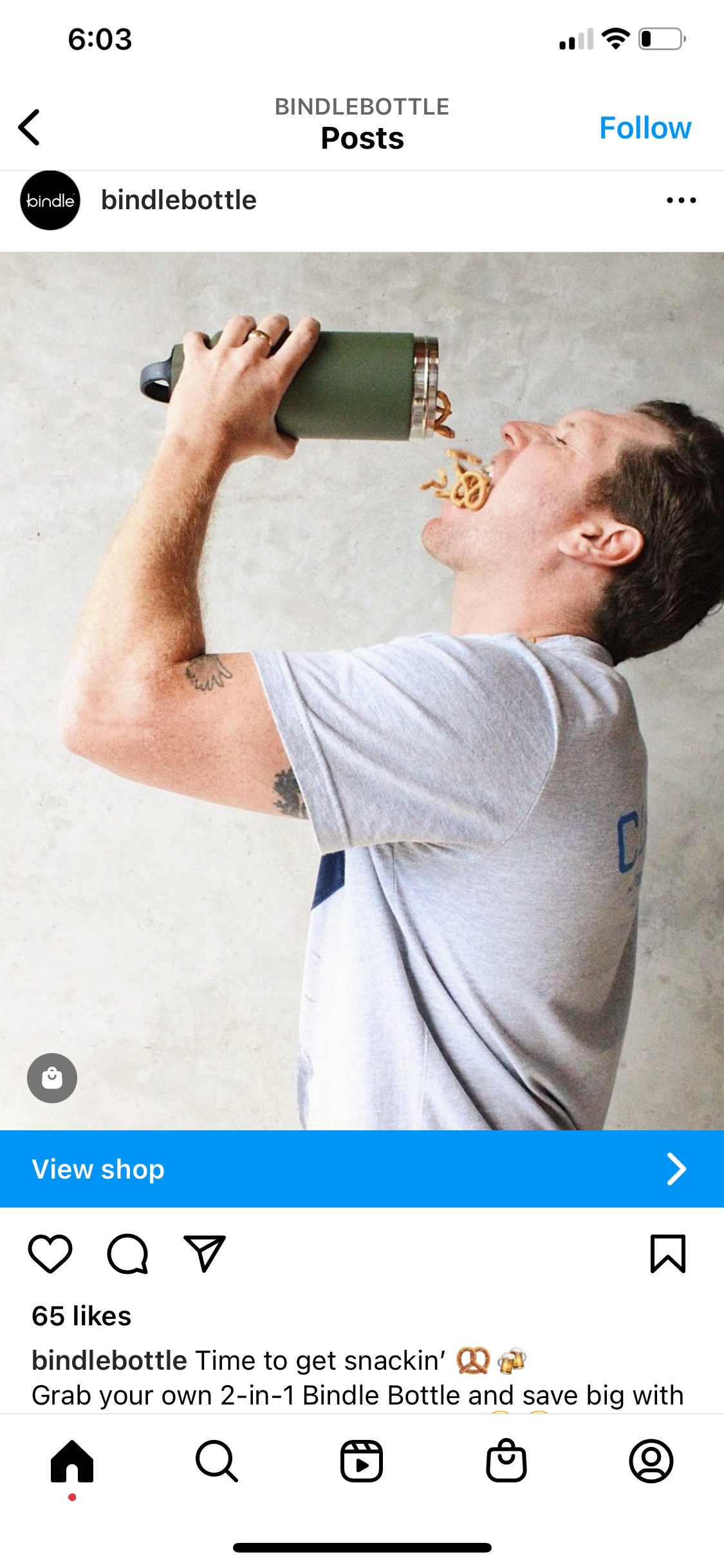
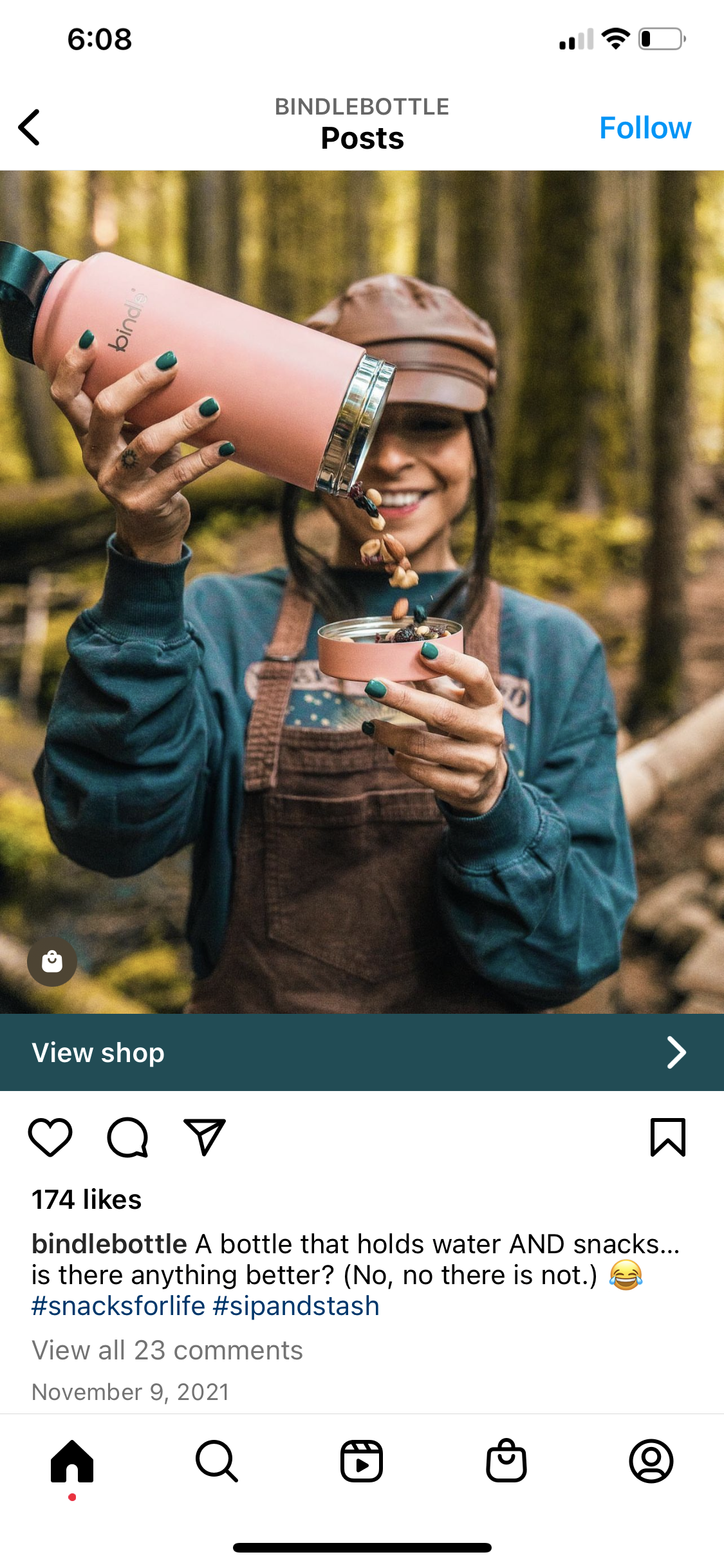
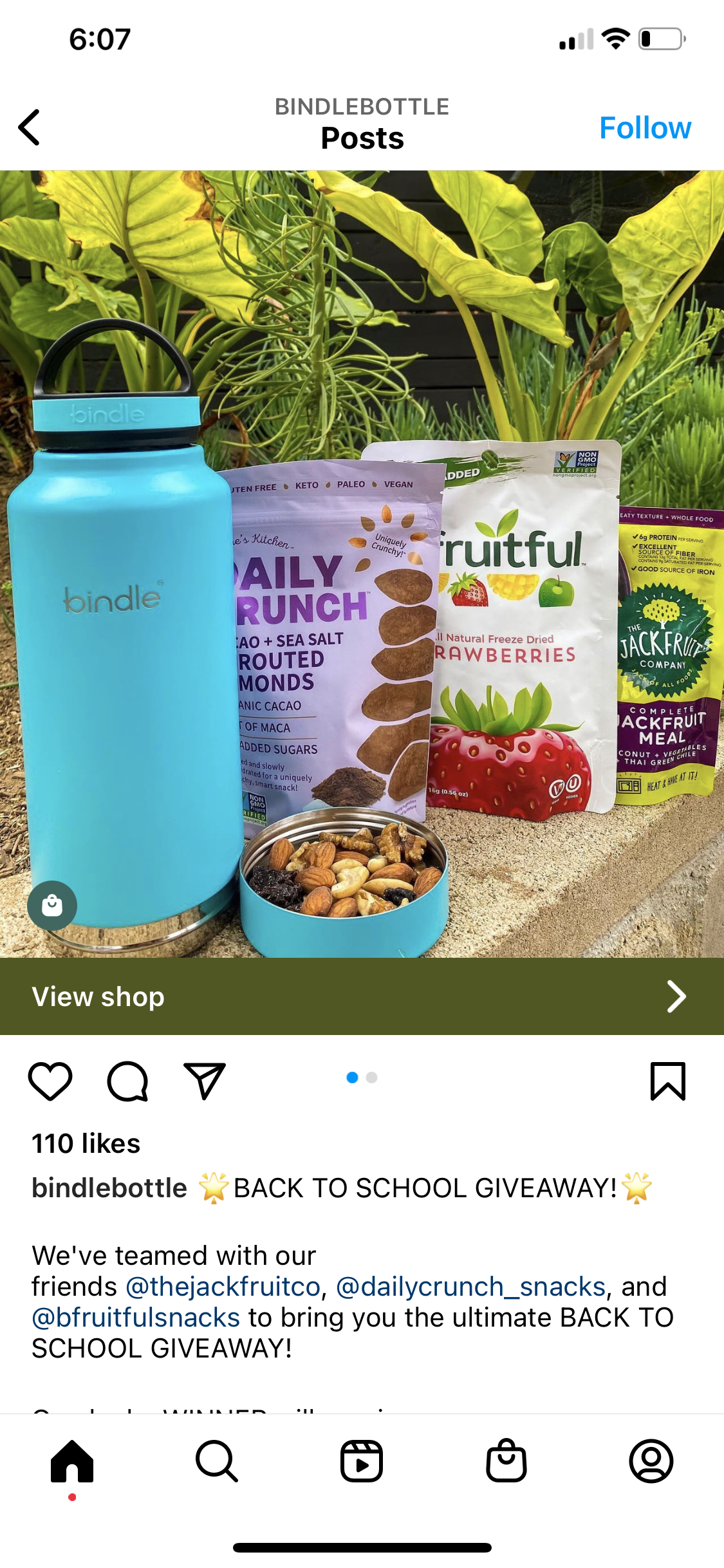
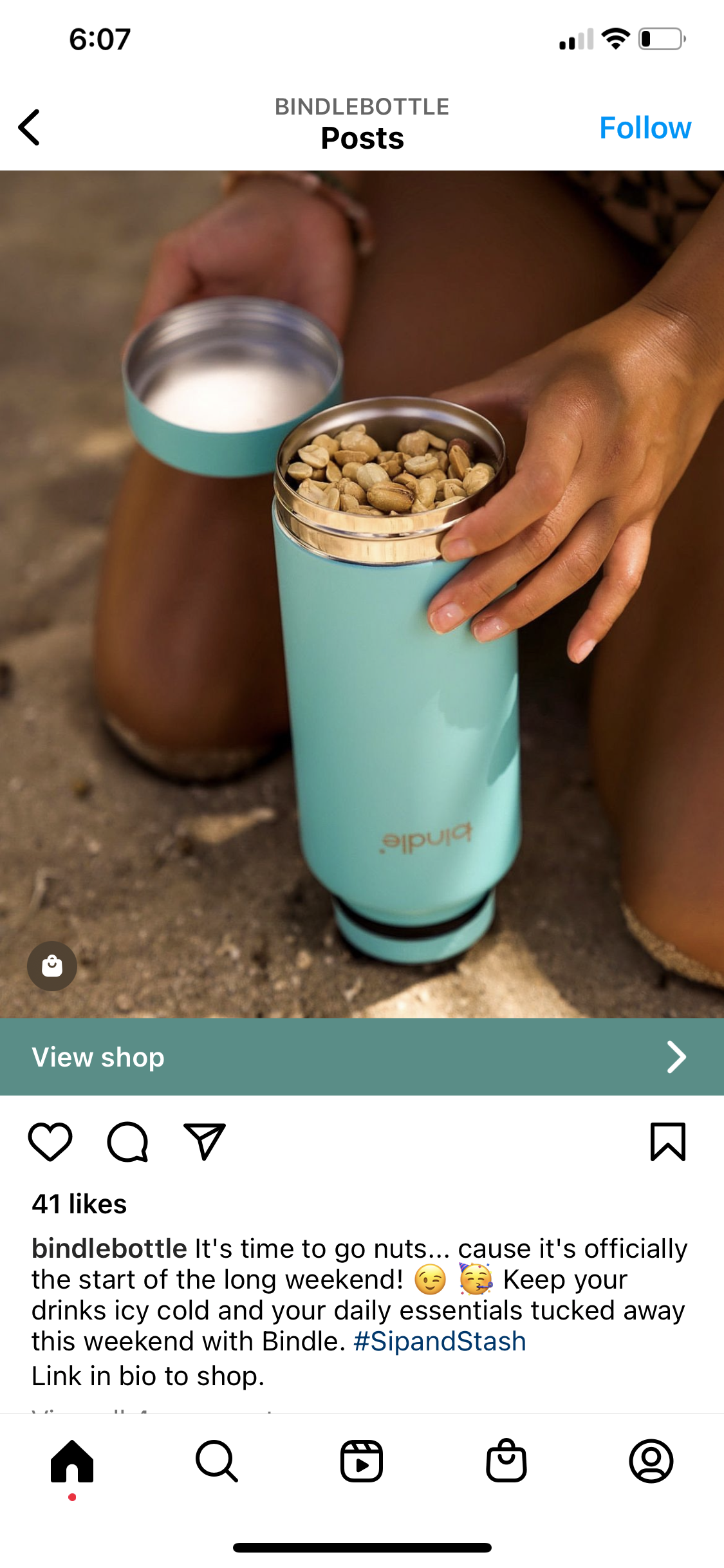
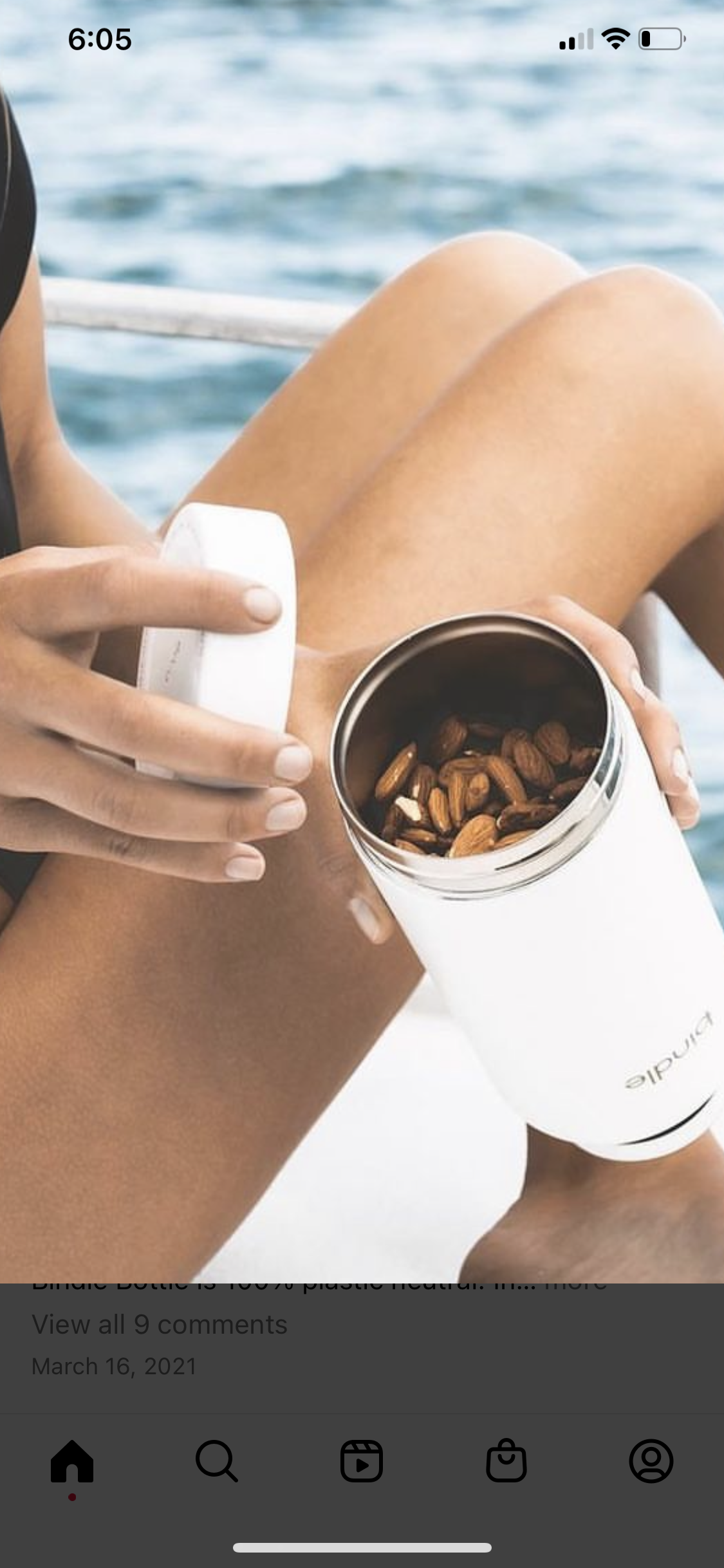
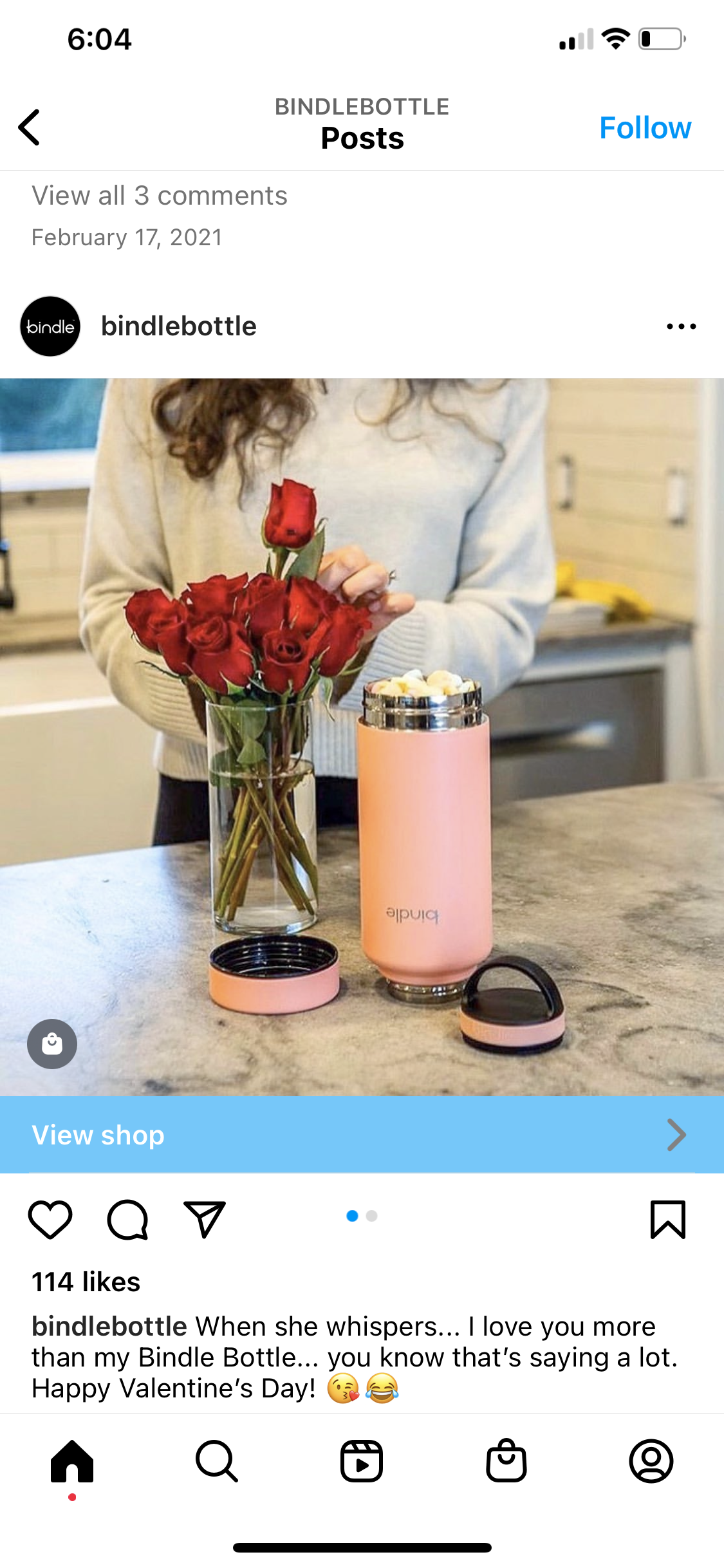
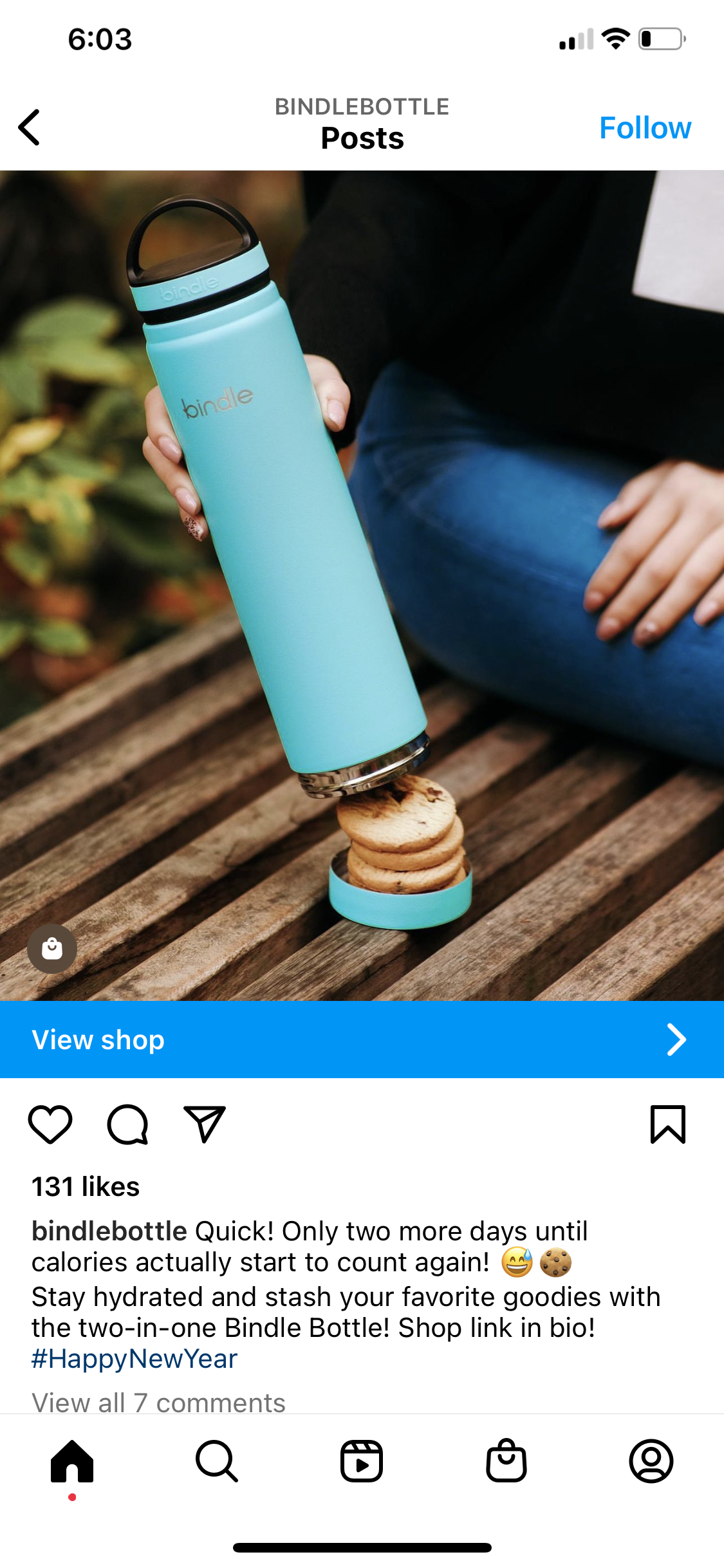
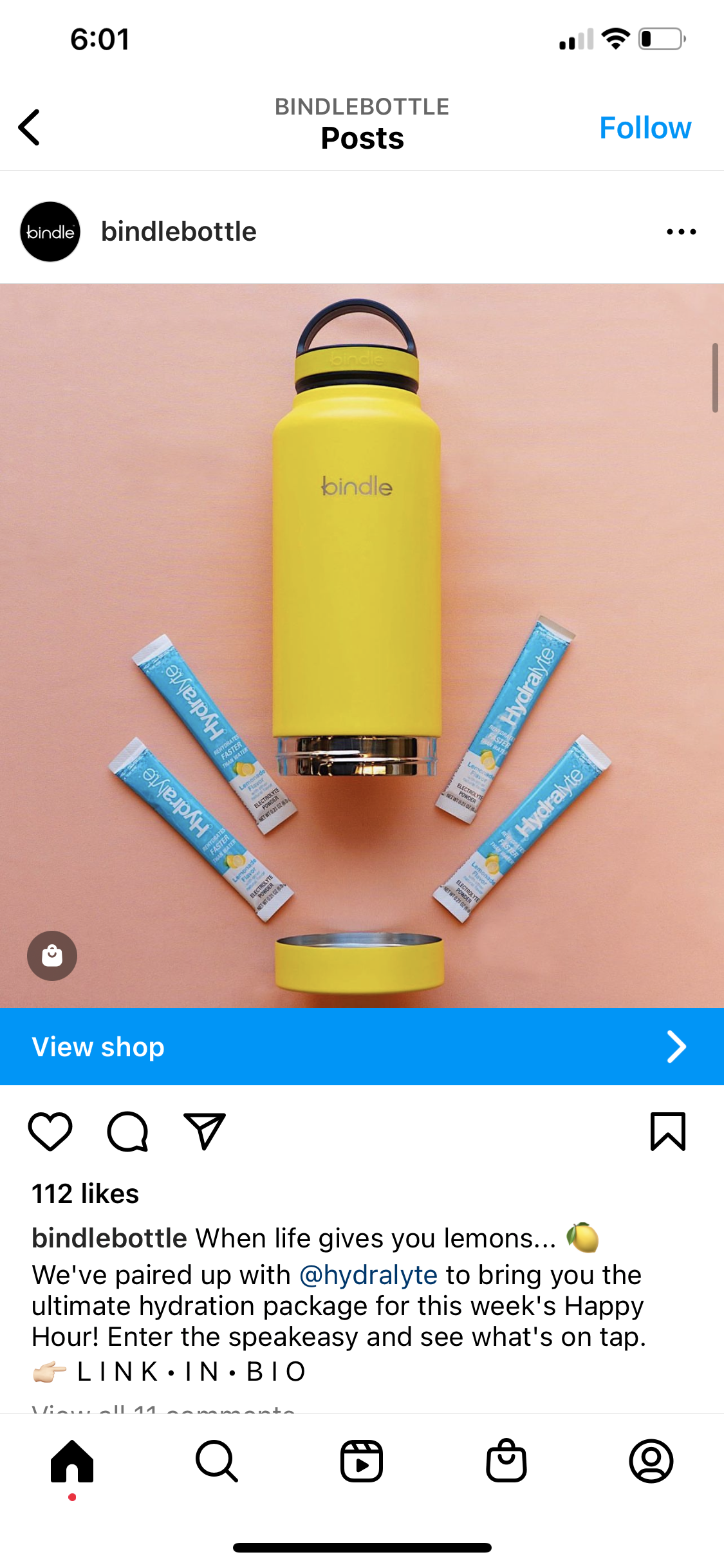
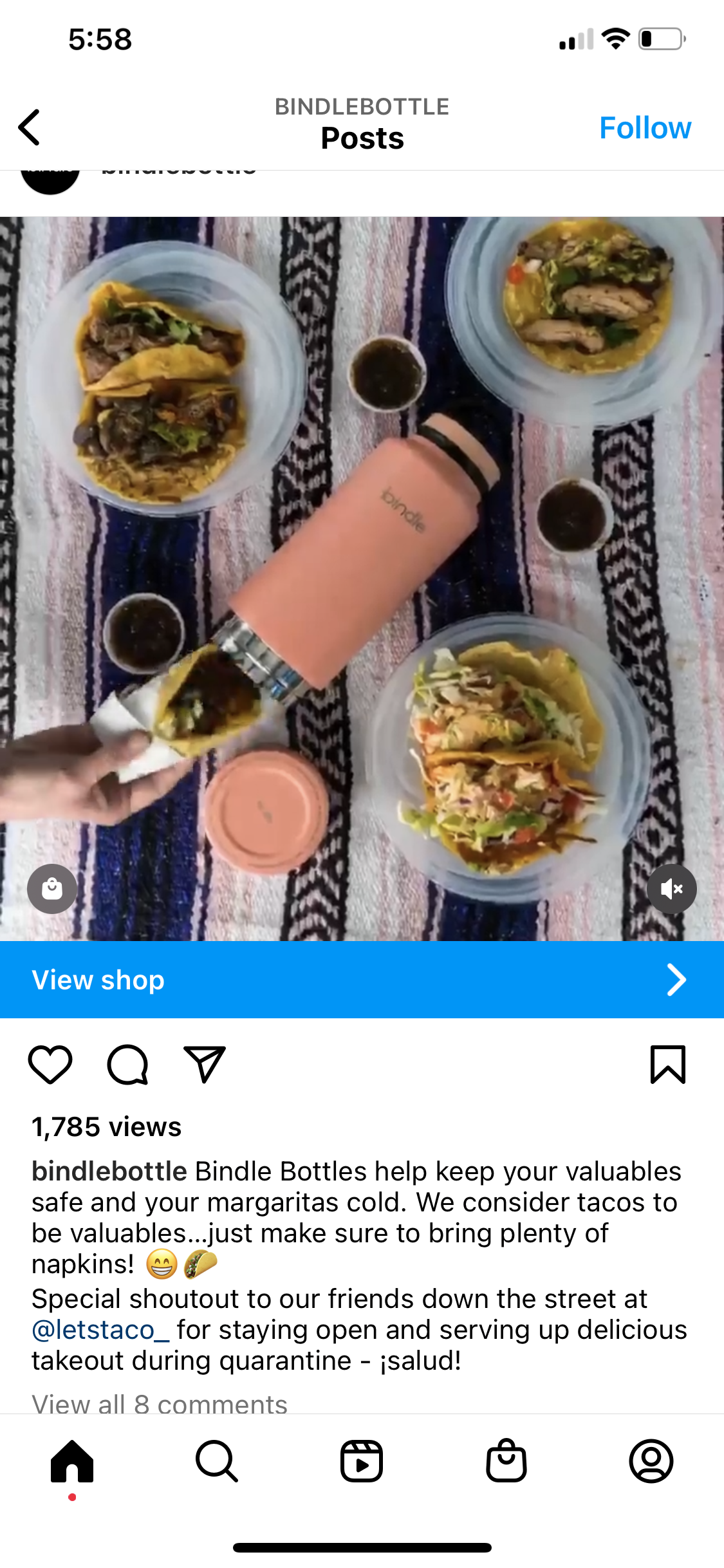
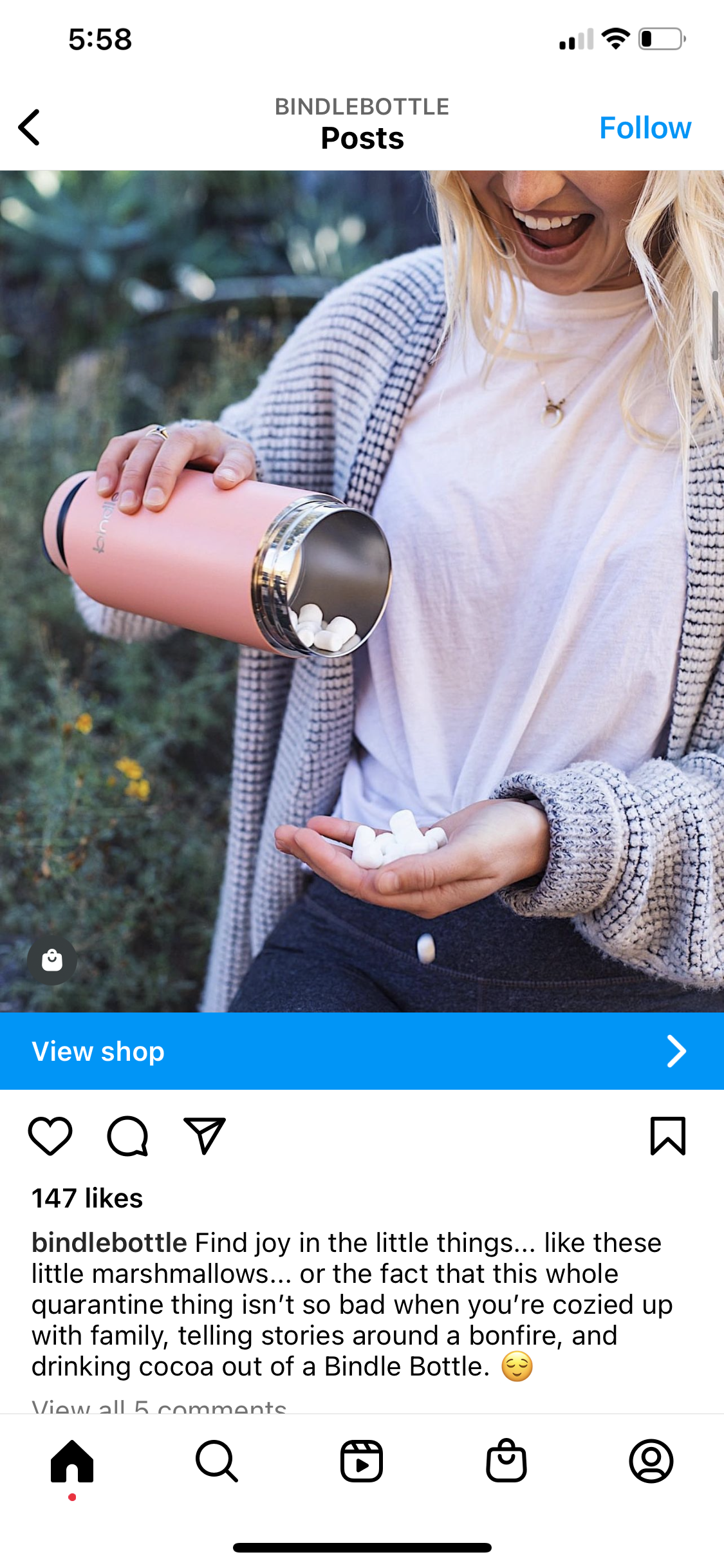
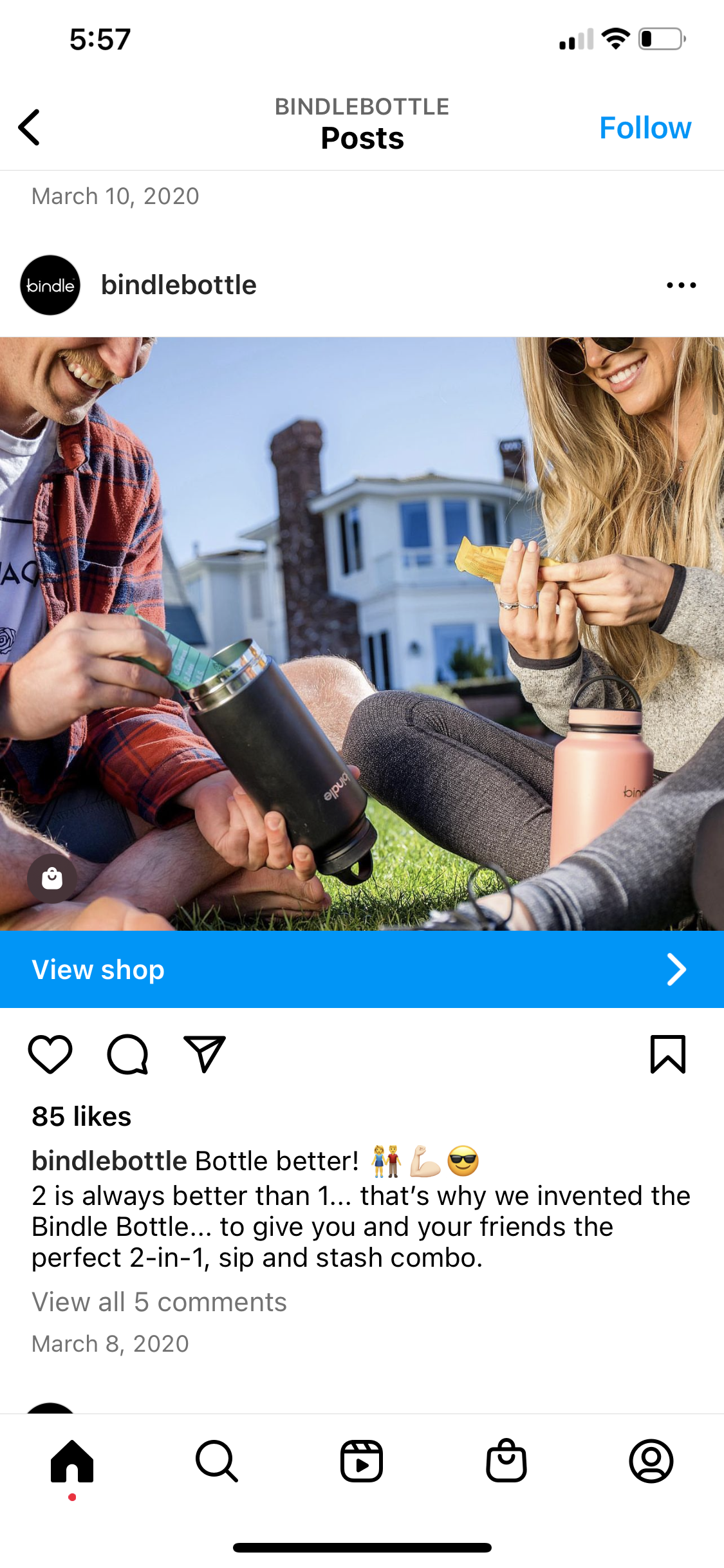
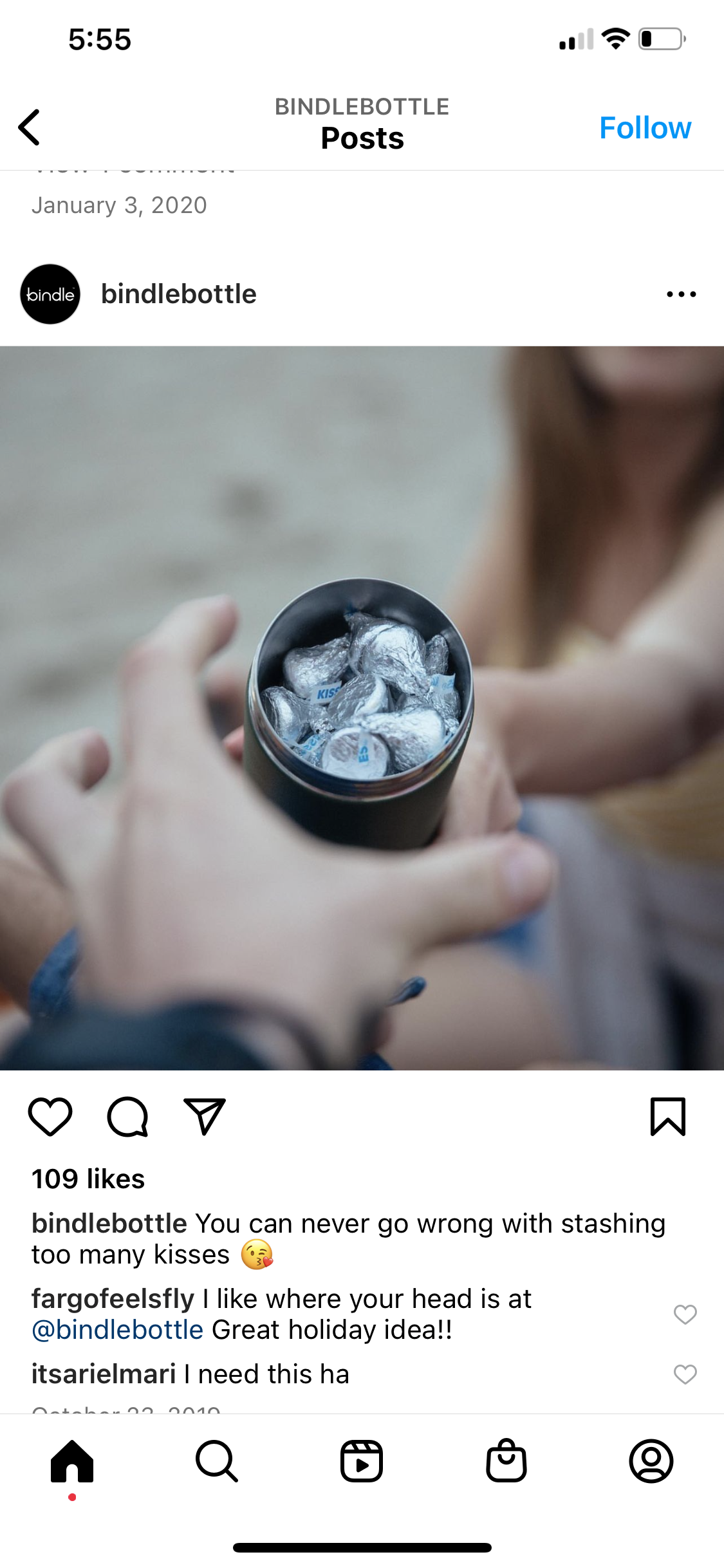
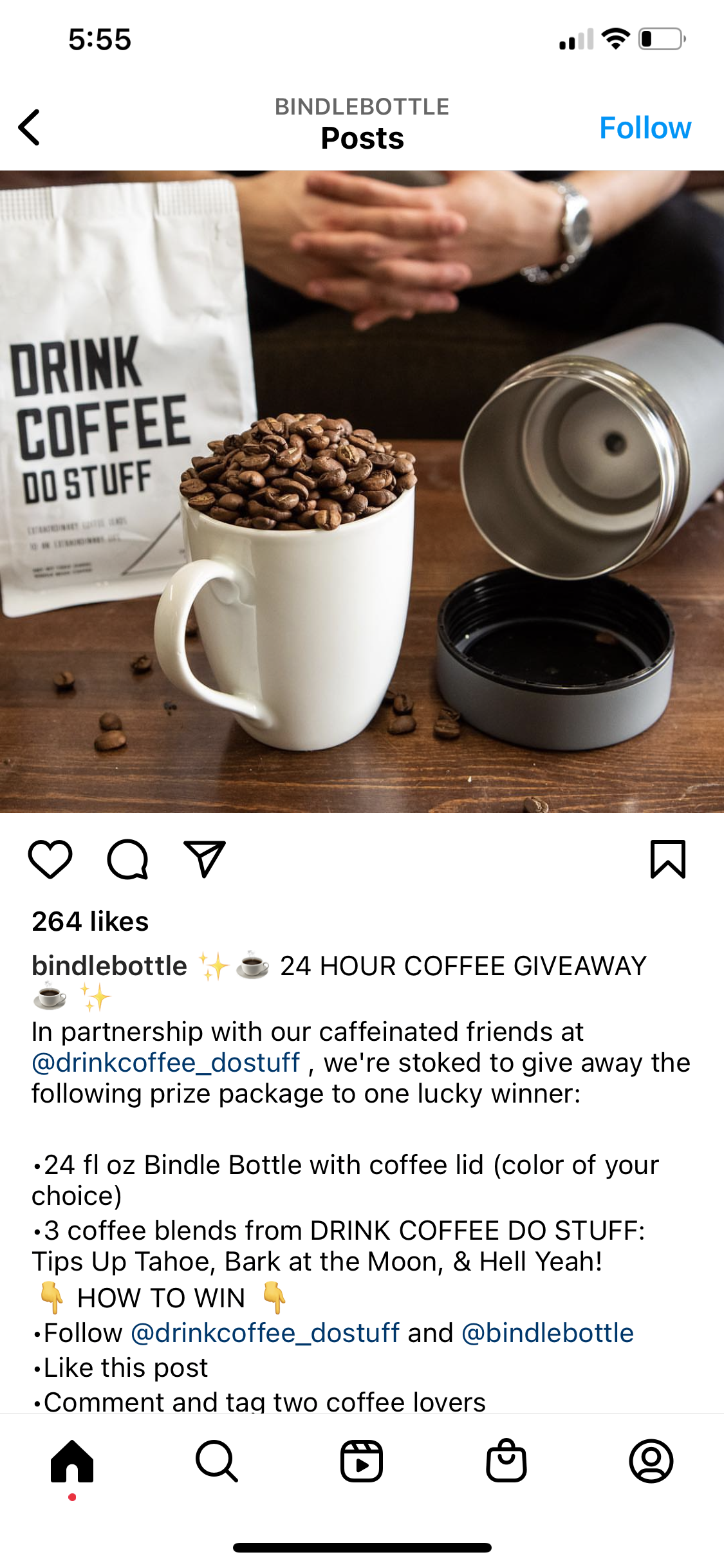
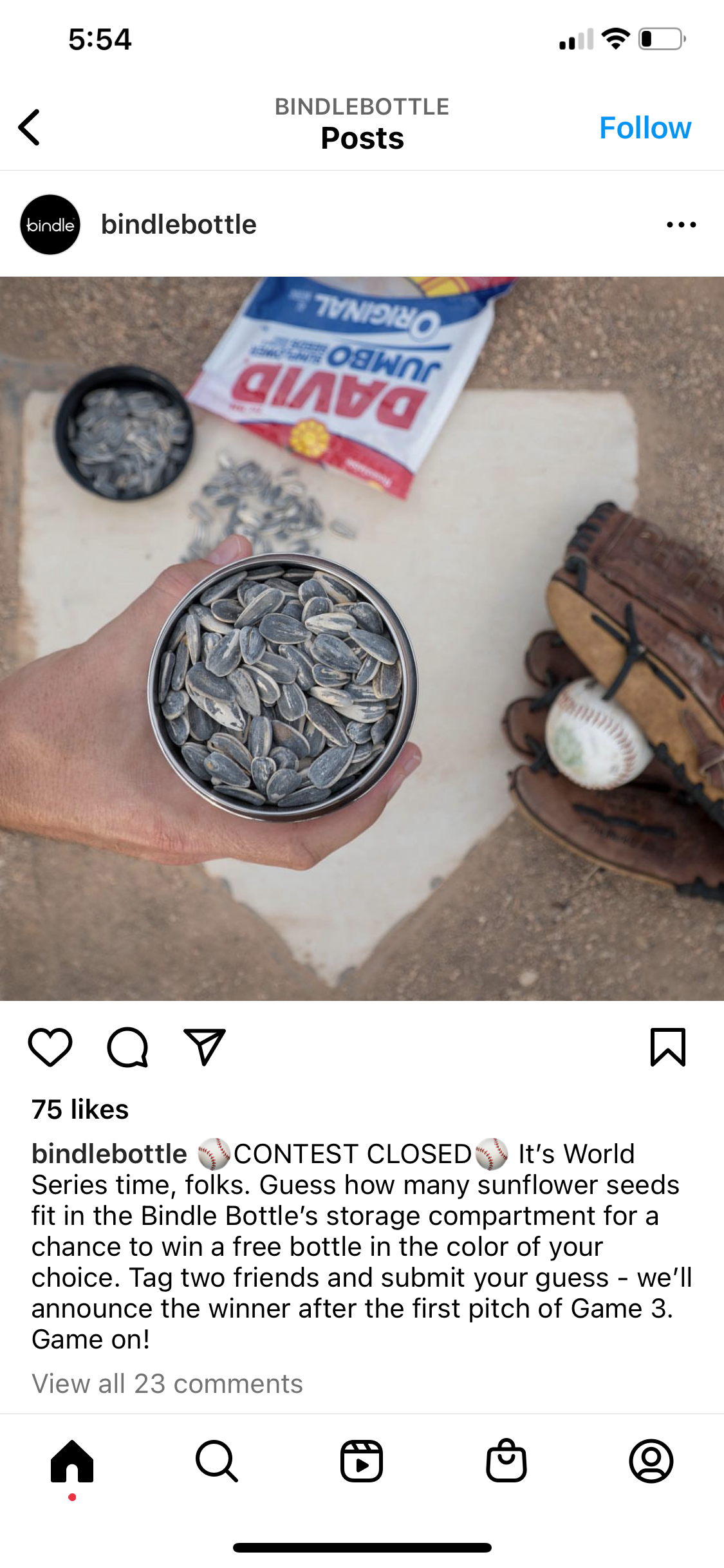
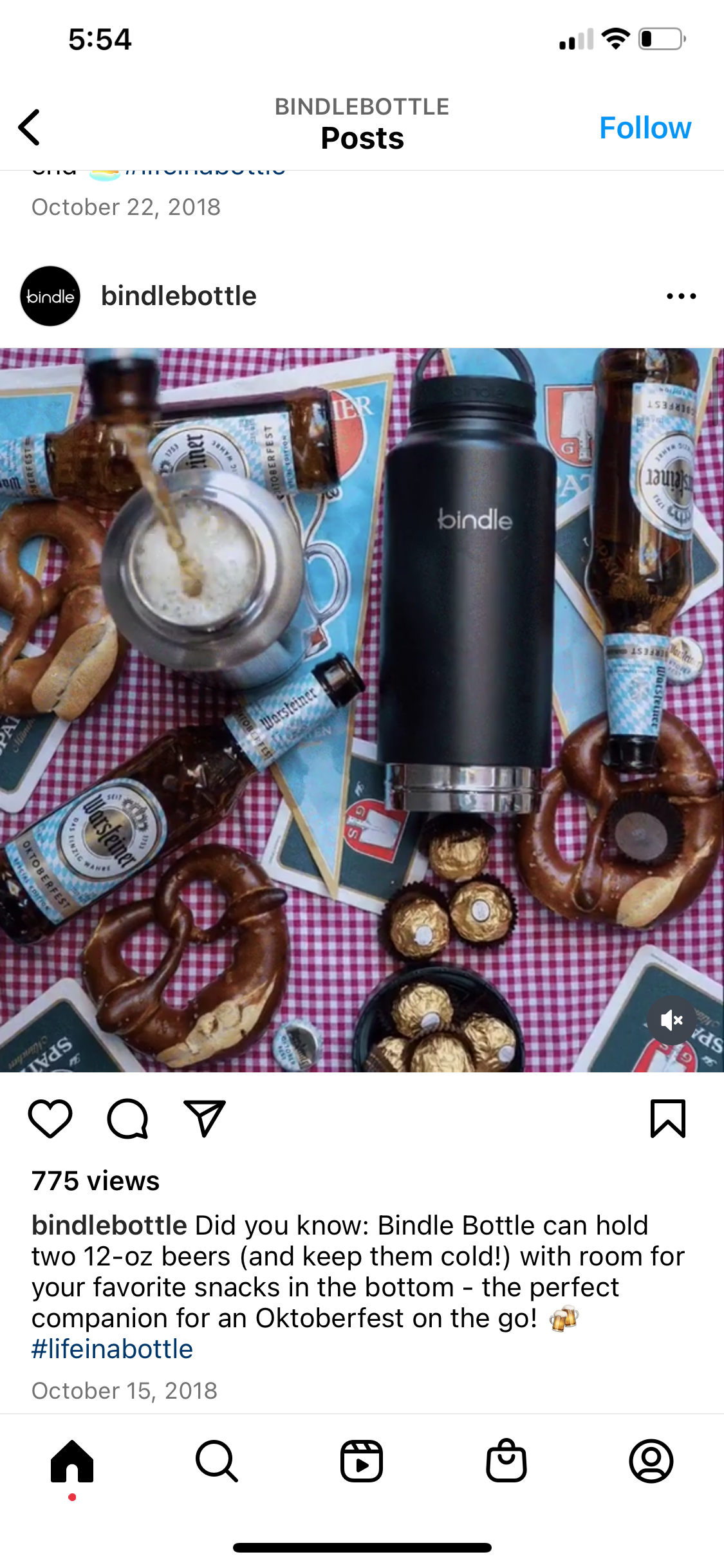
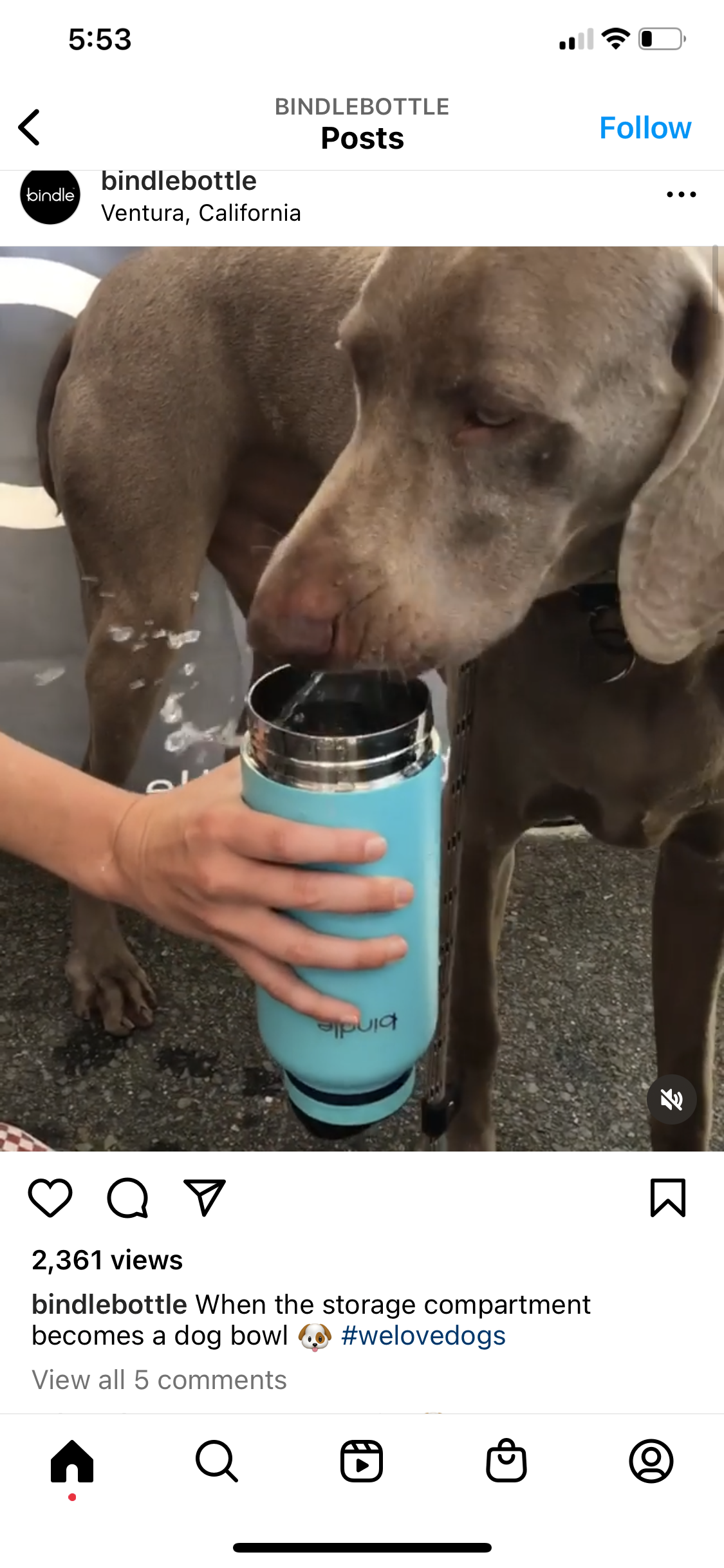
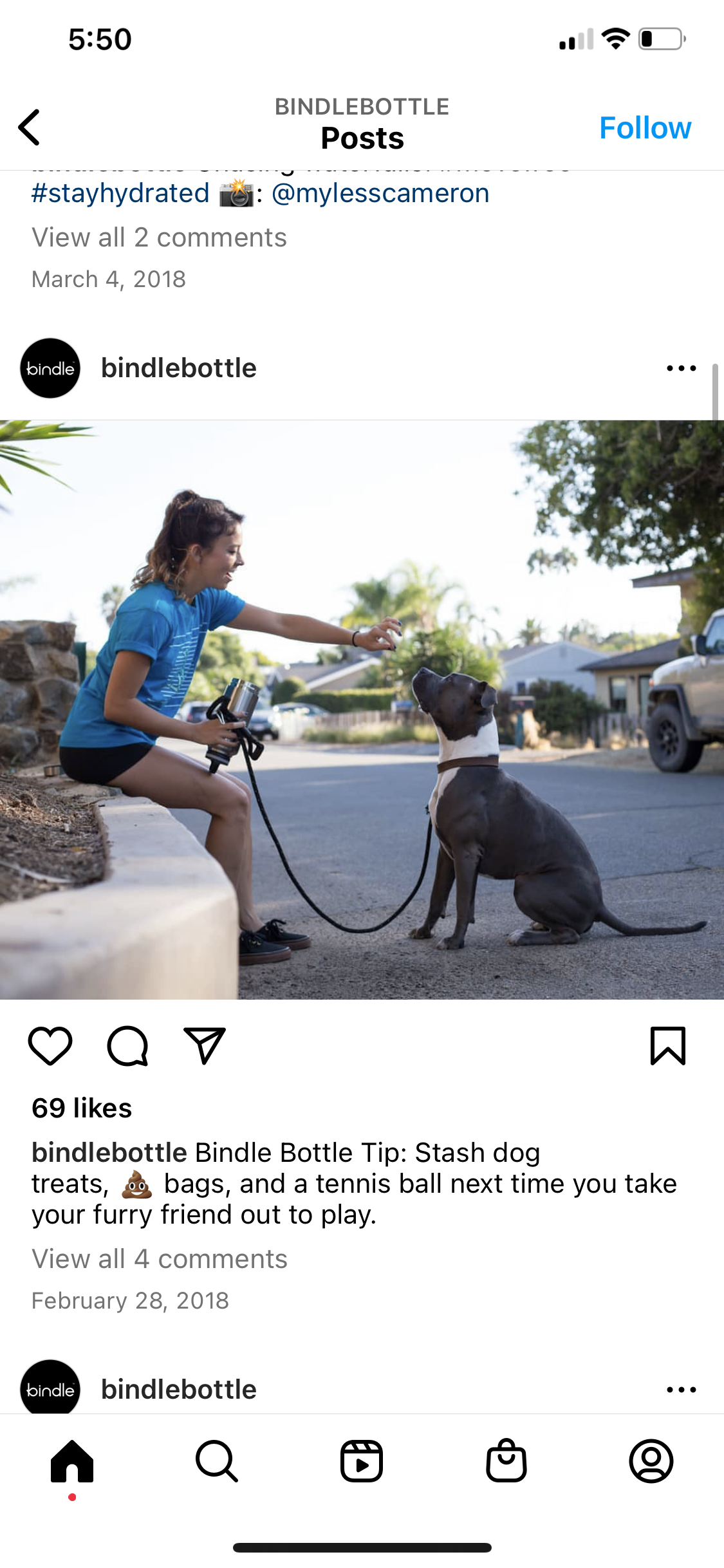
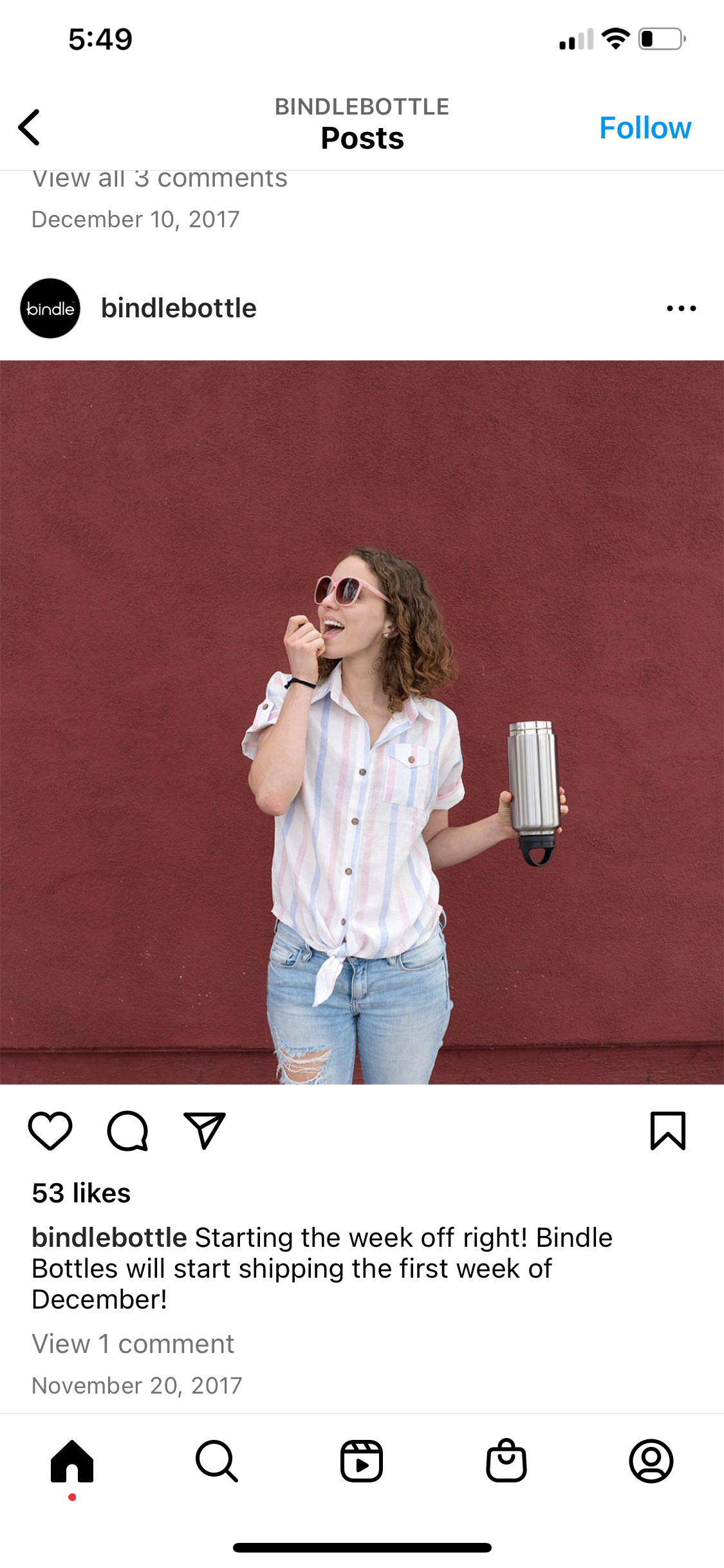
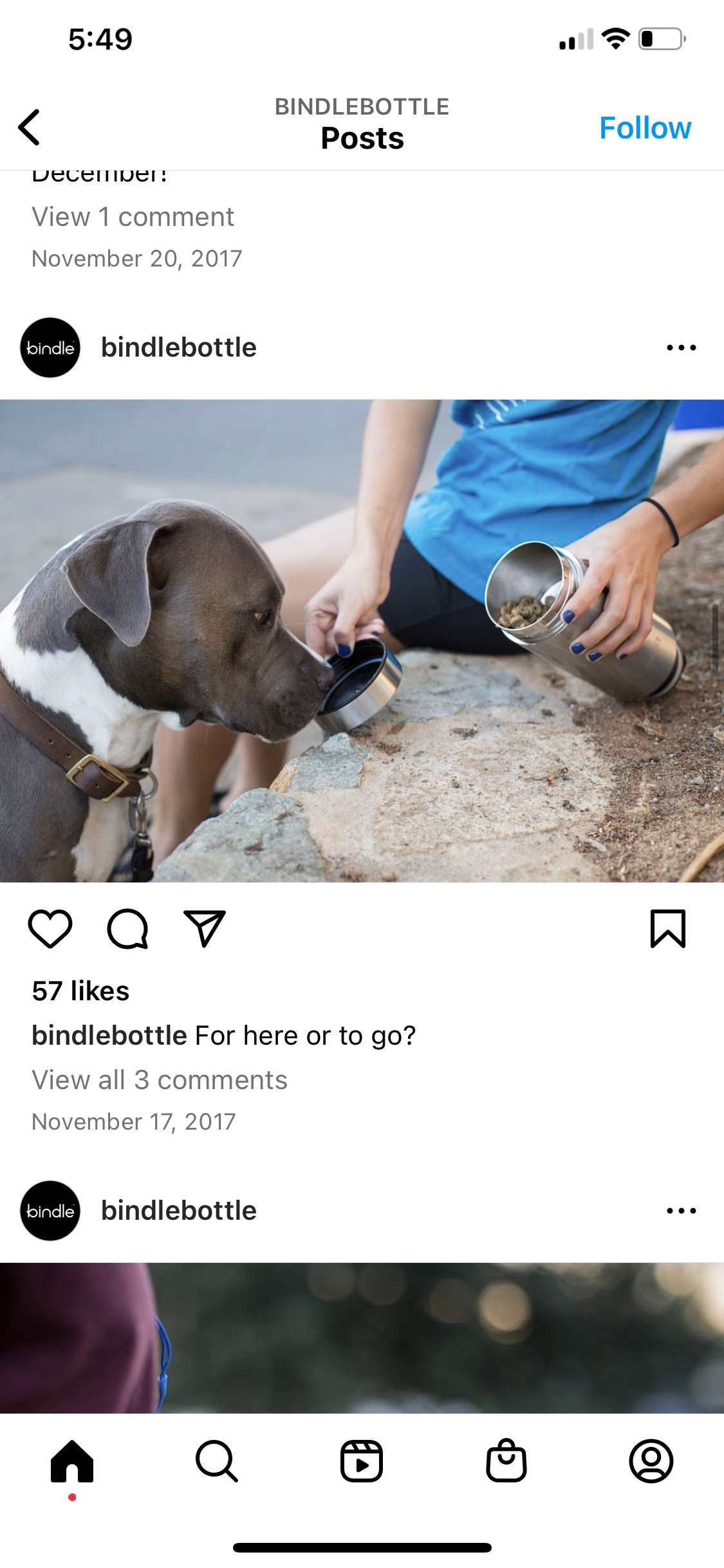
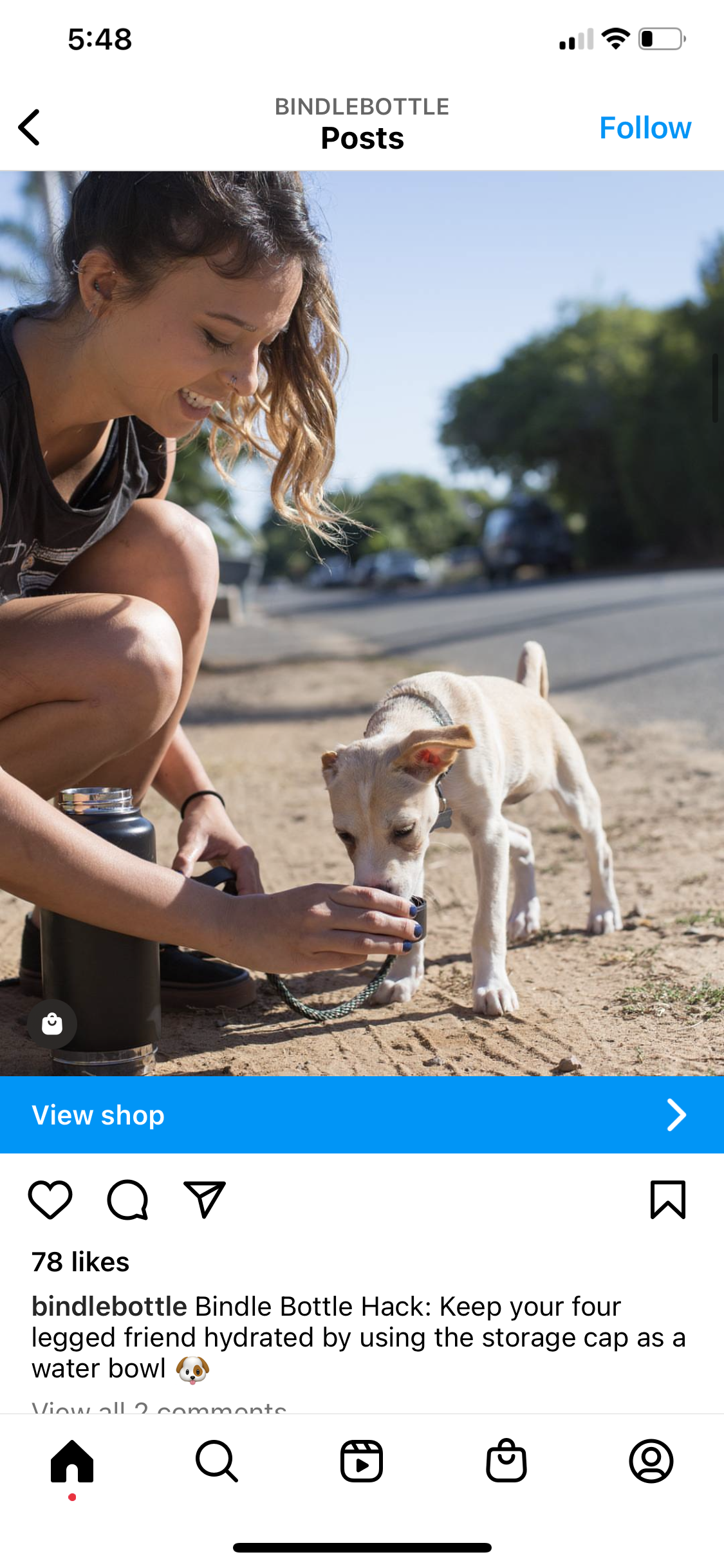
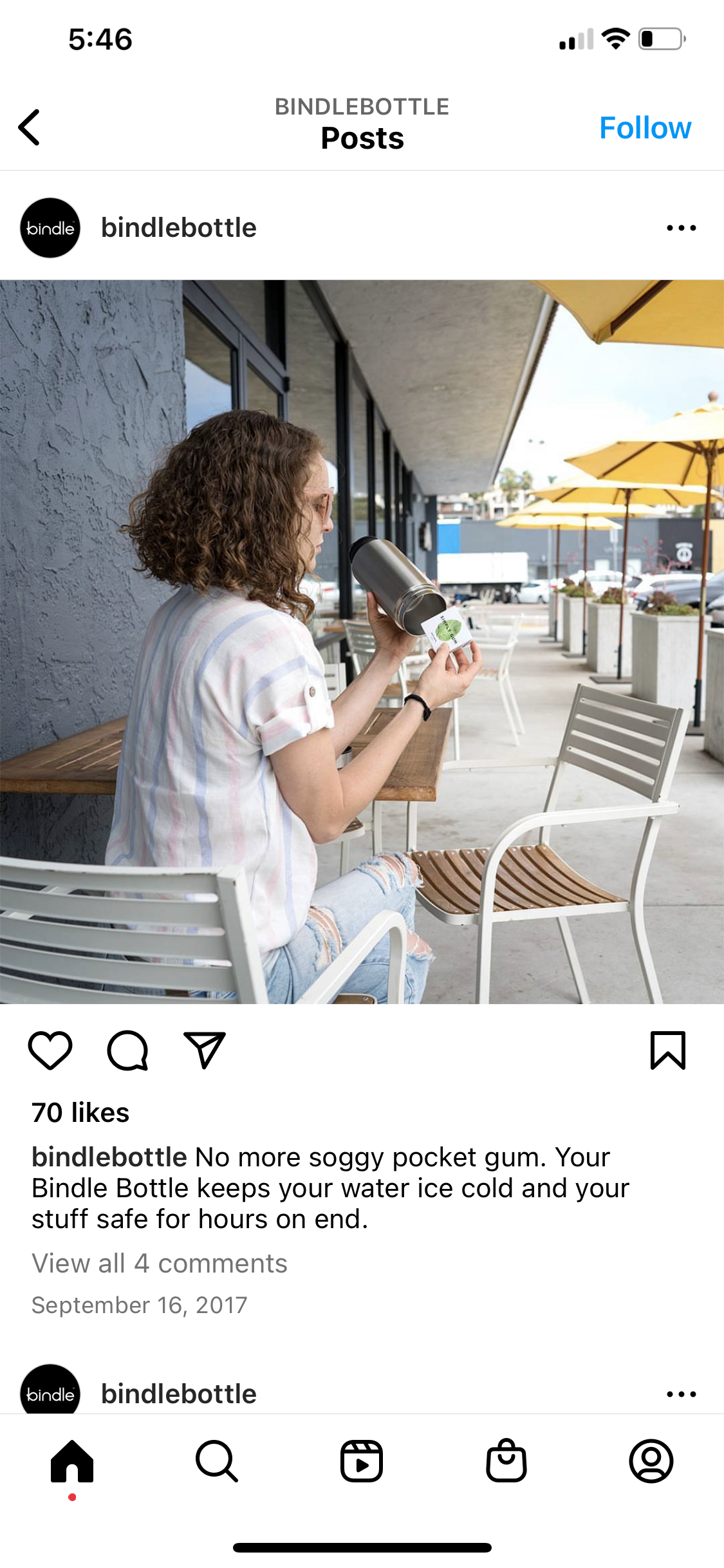
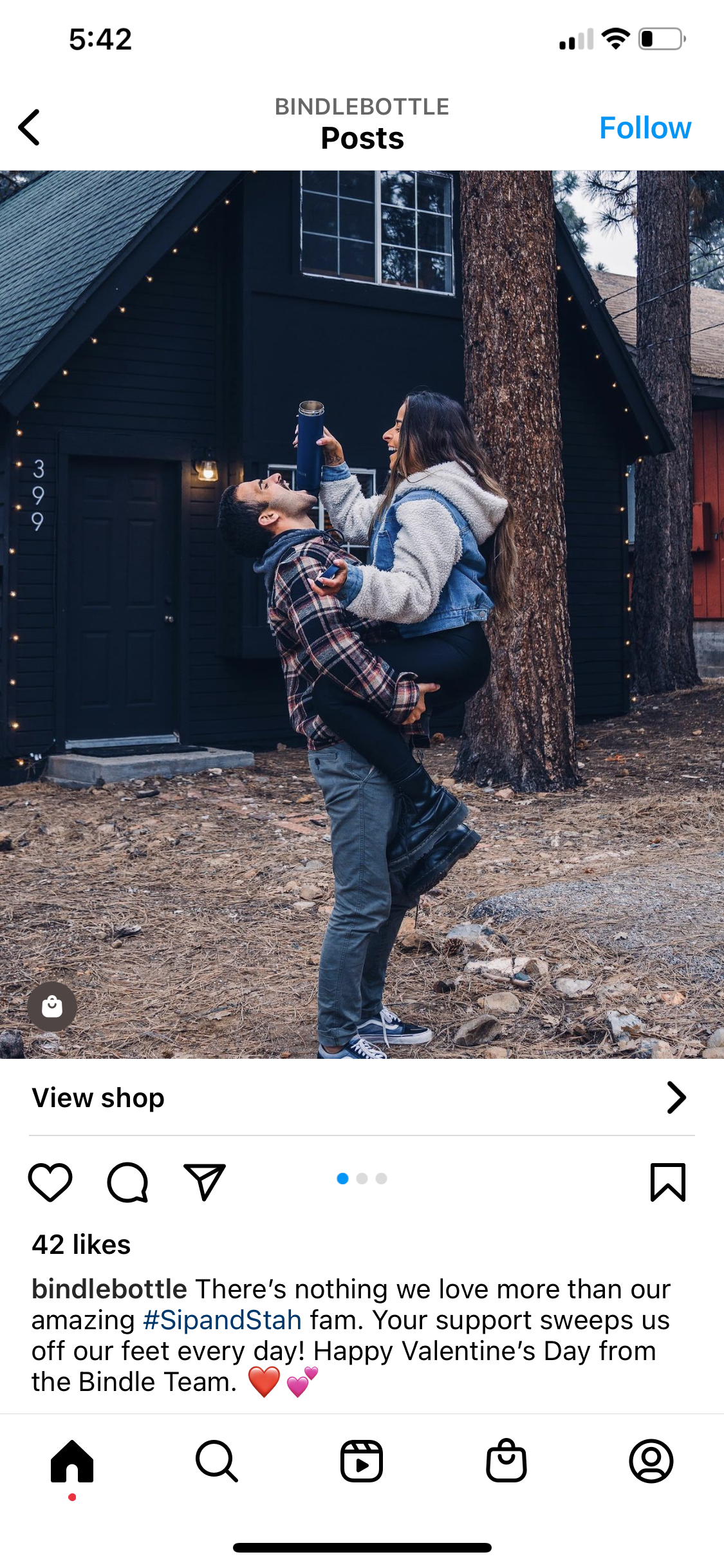
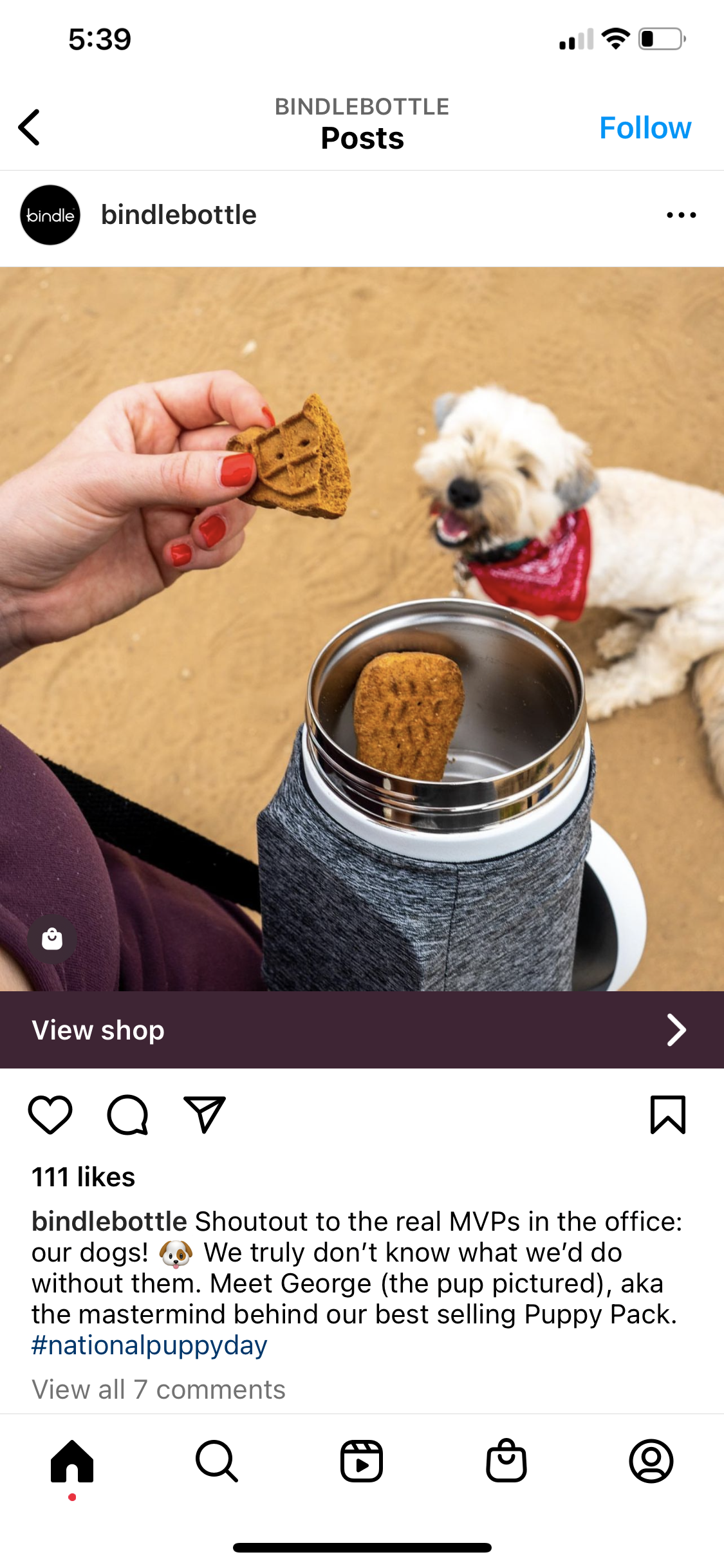

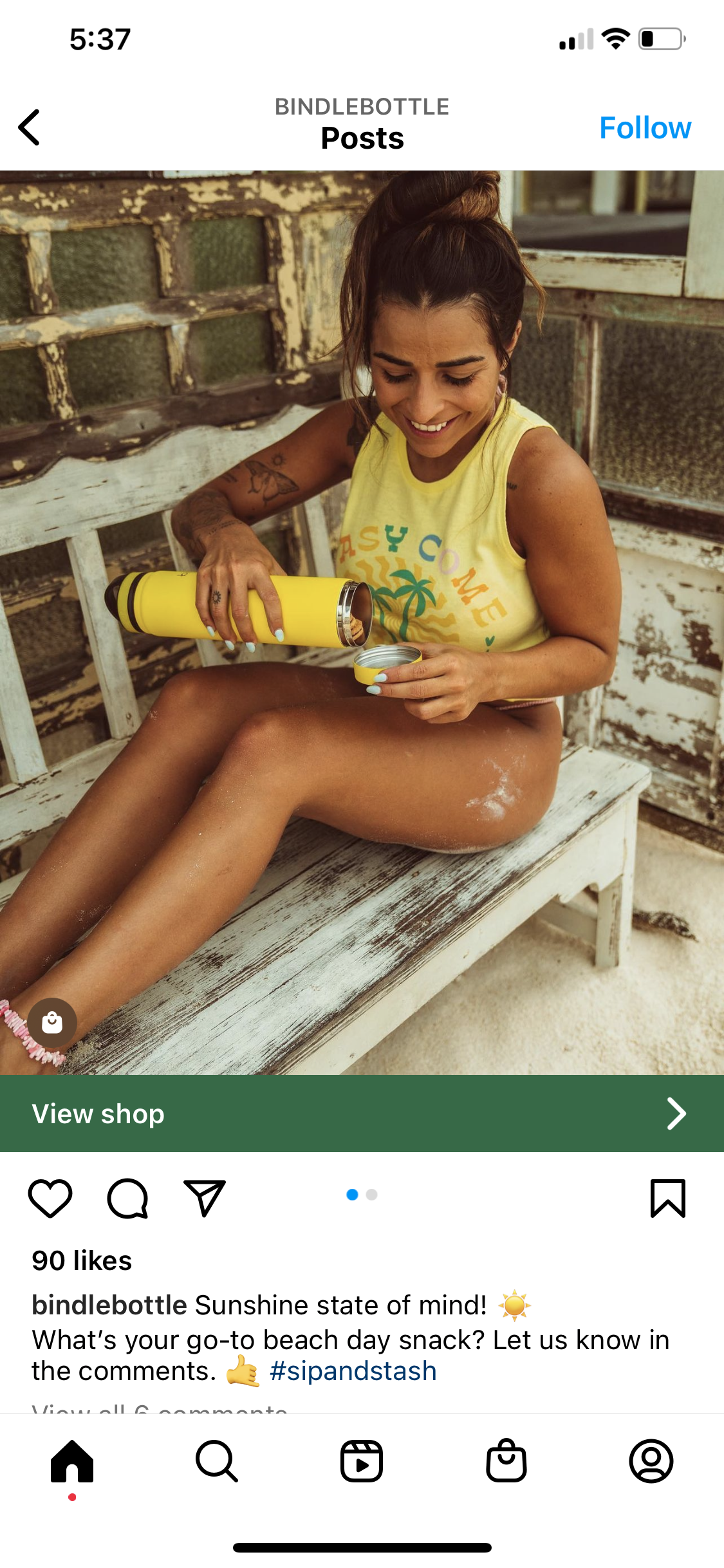
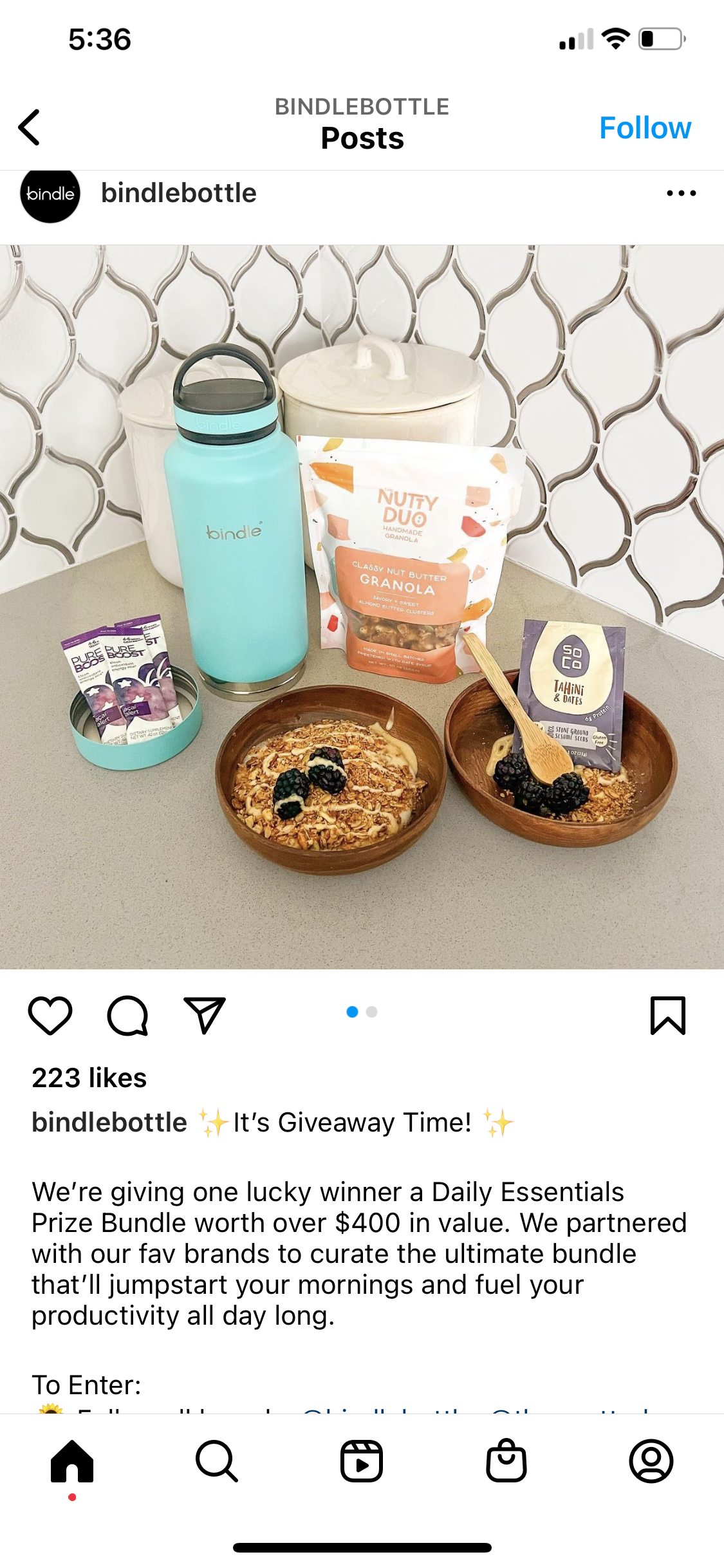
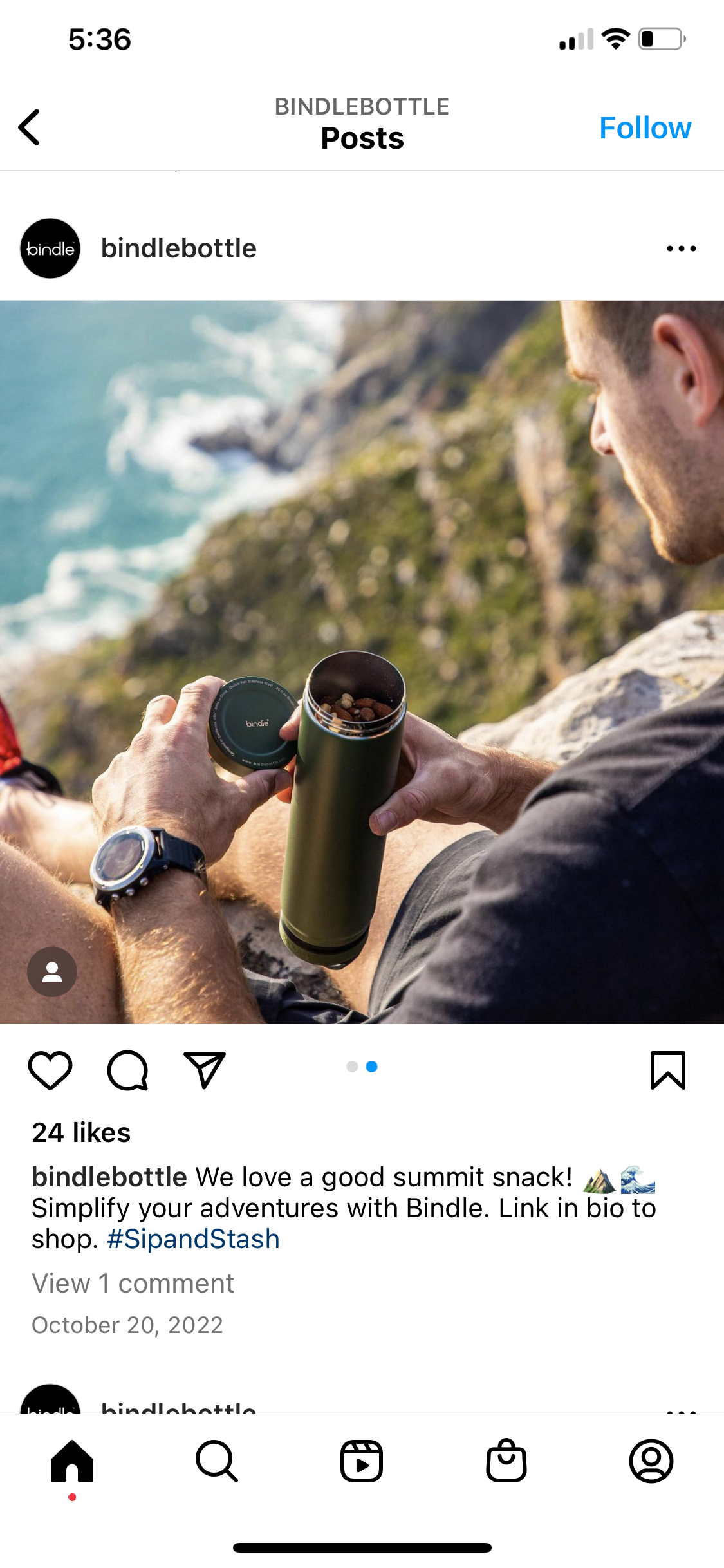
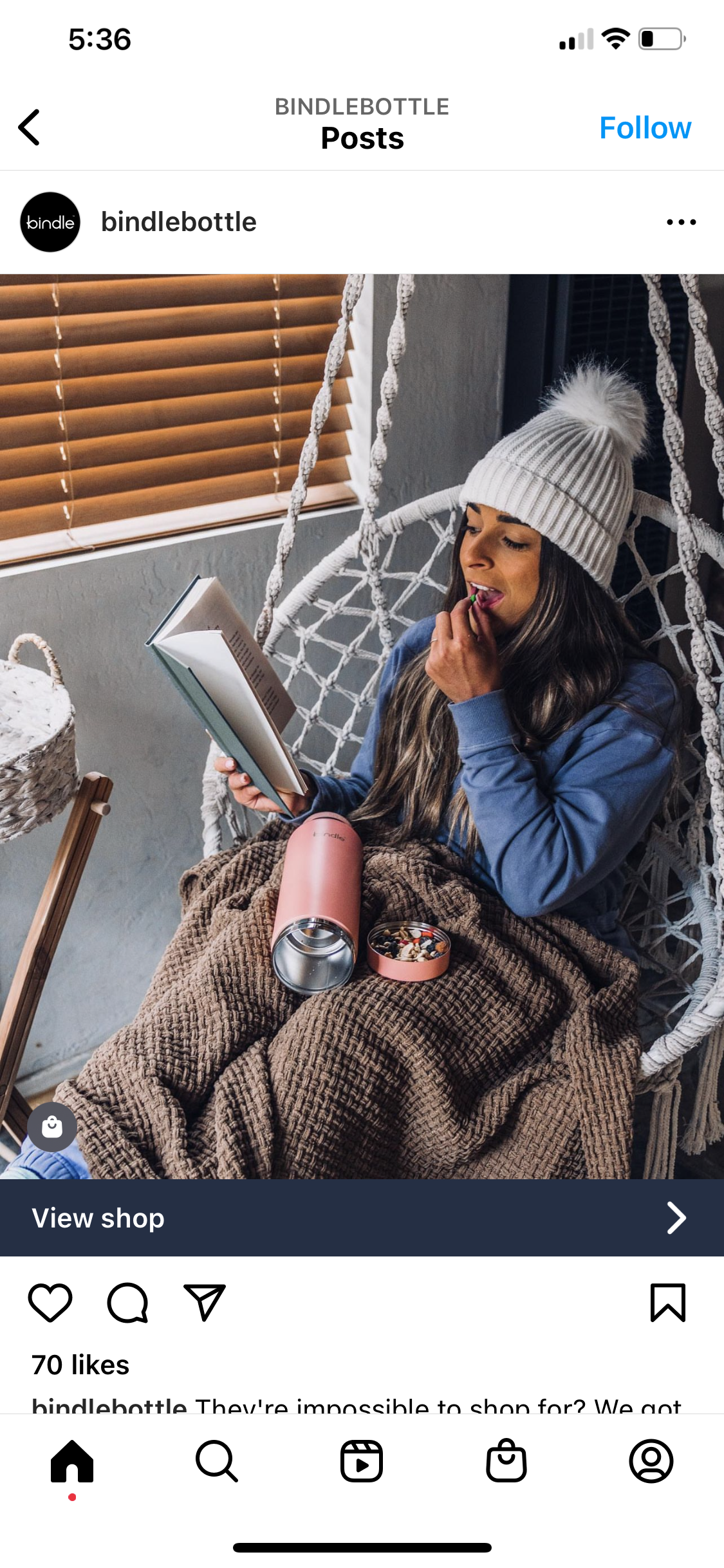
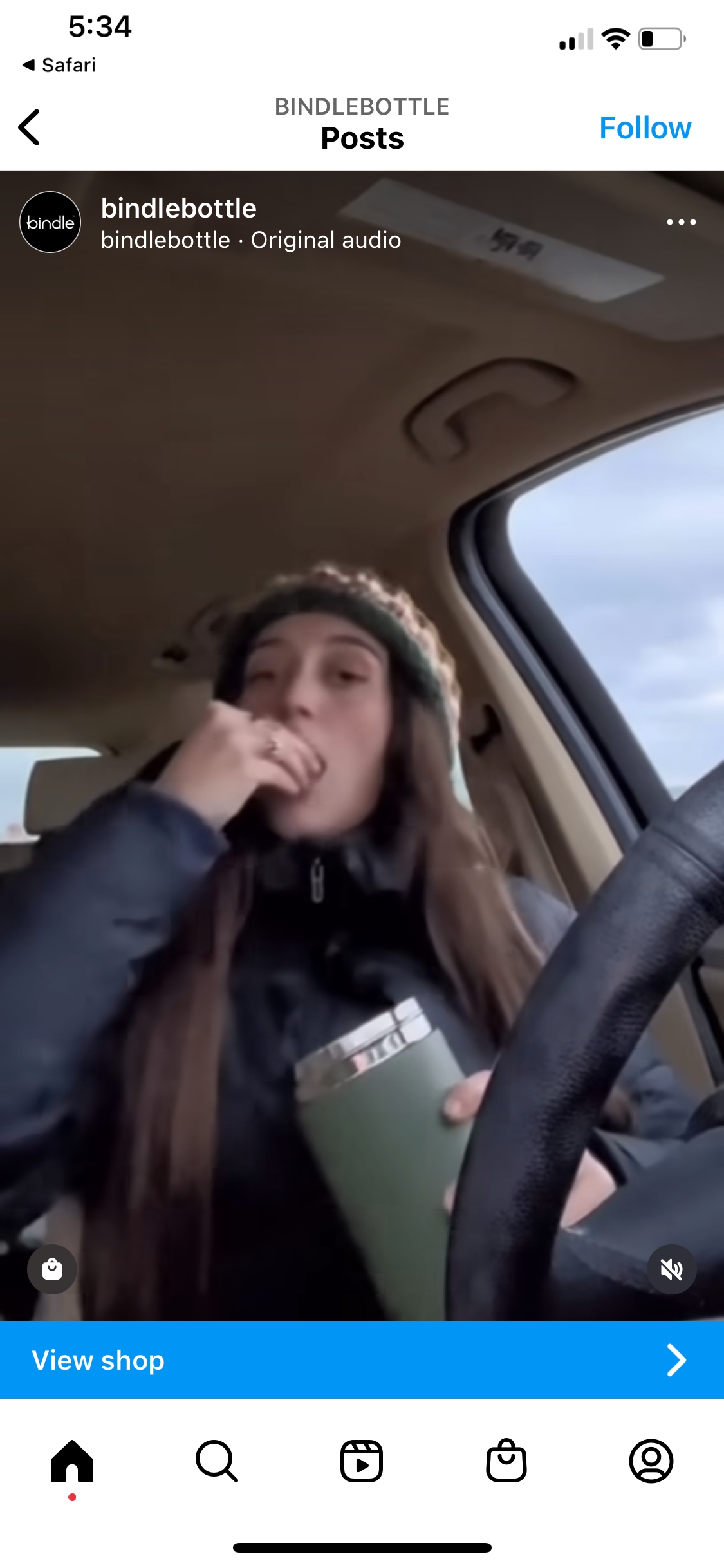
Never Miss an Important Article Again!
Join our Email List








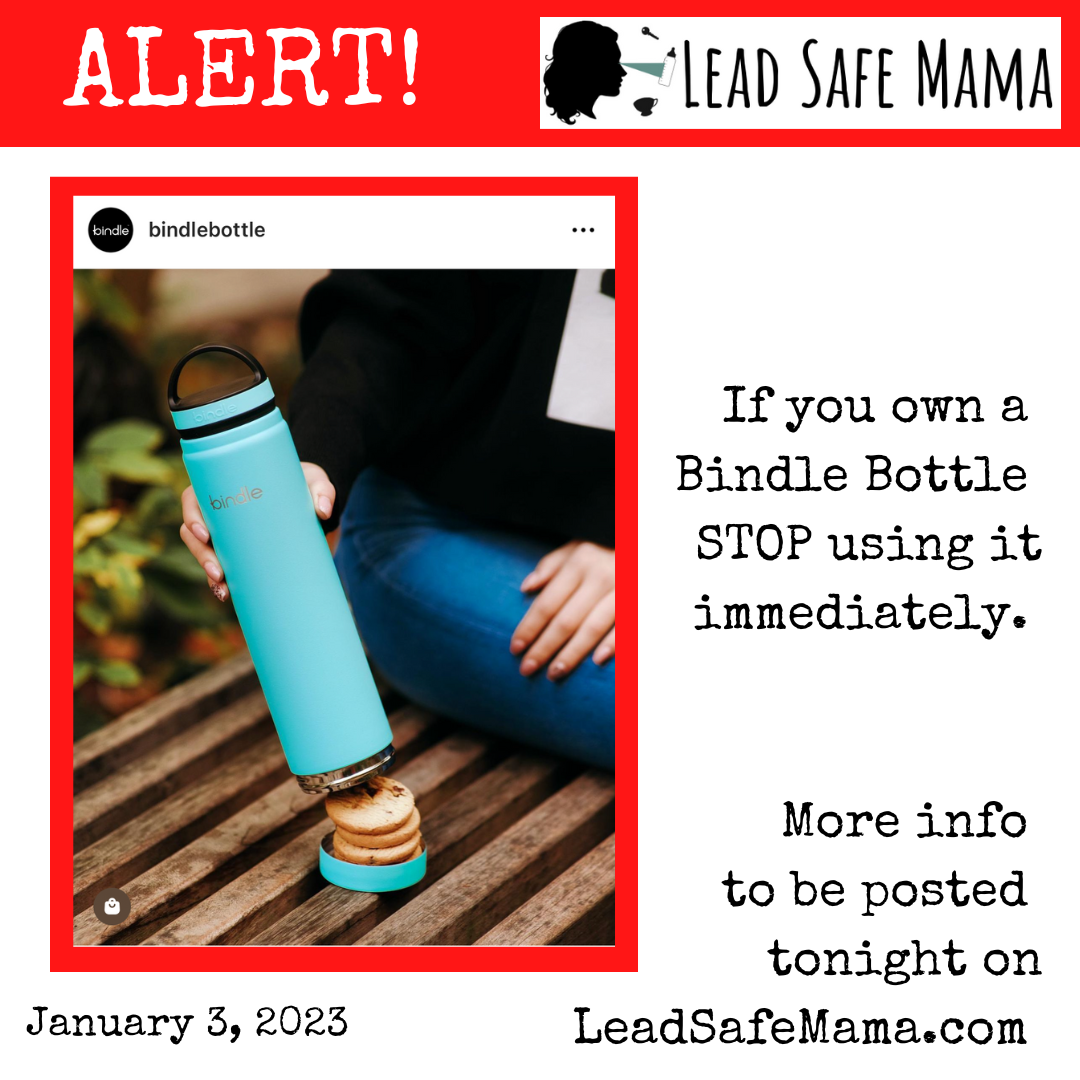
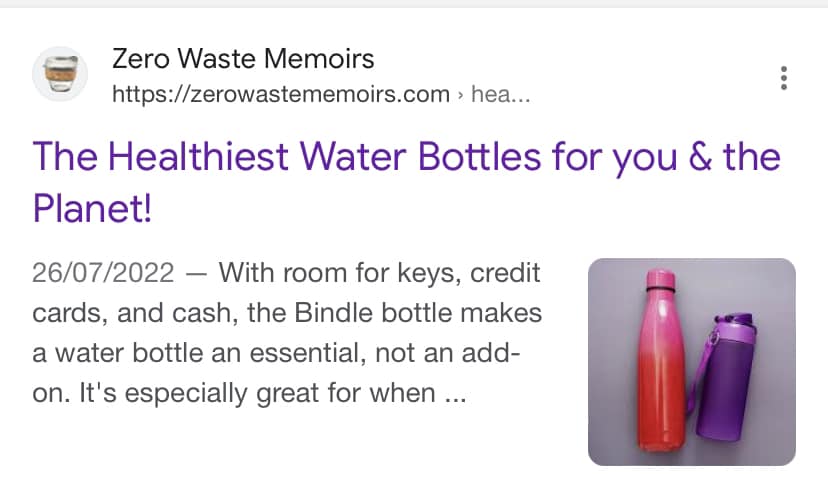
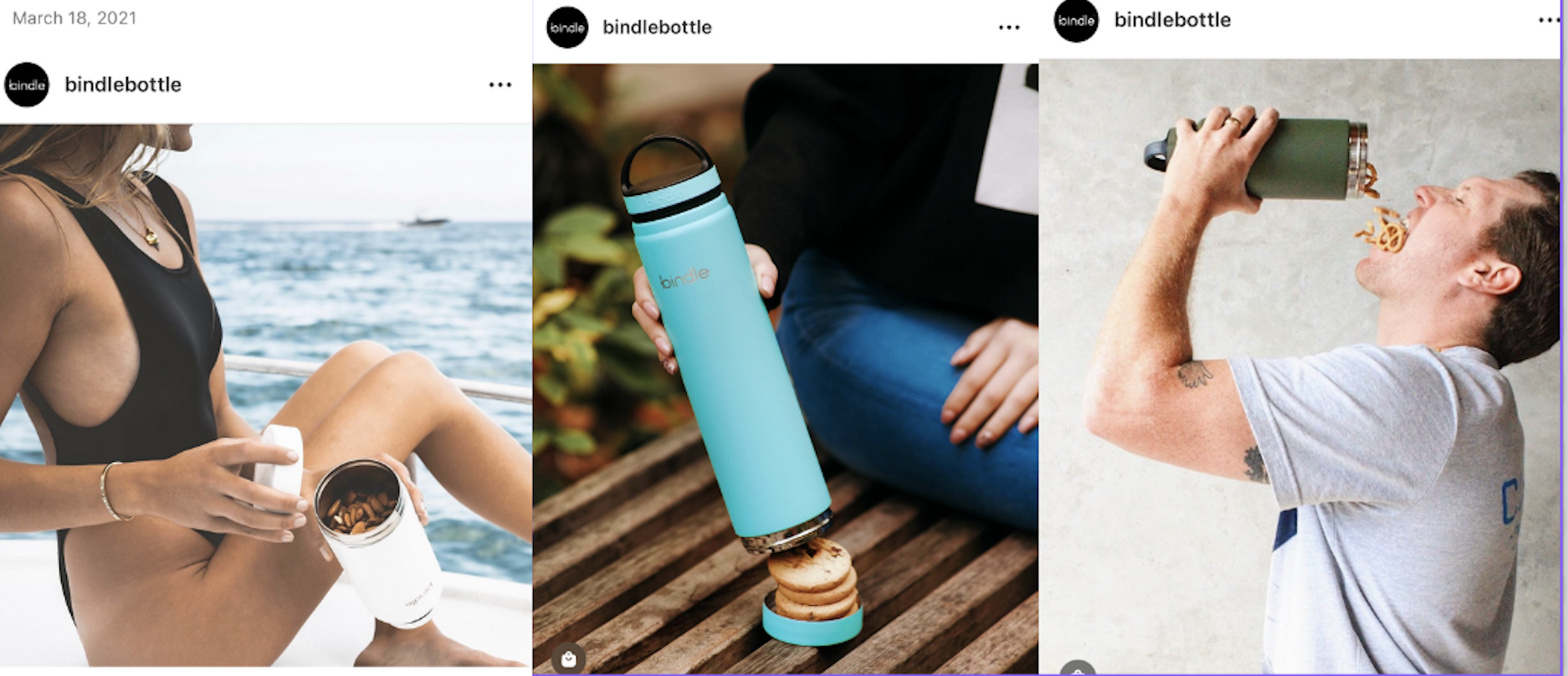
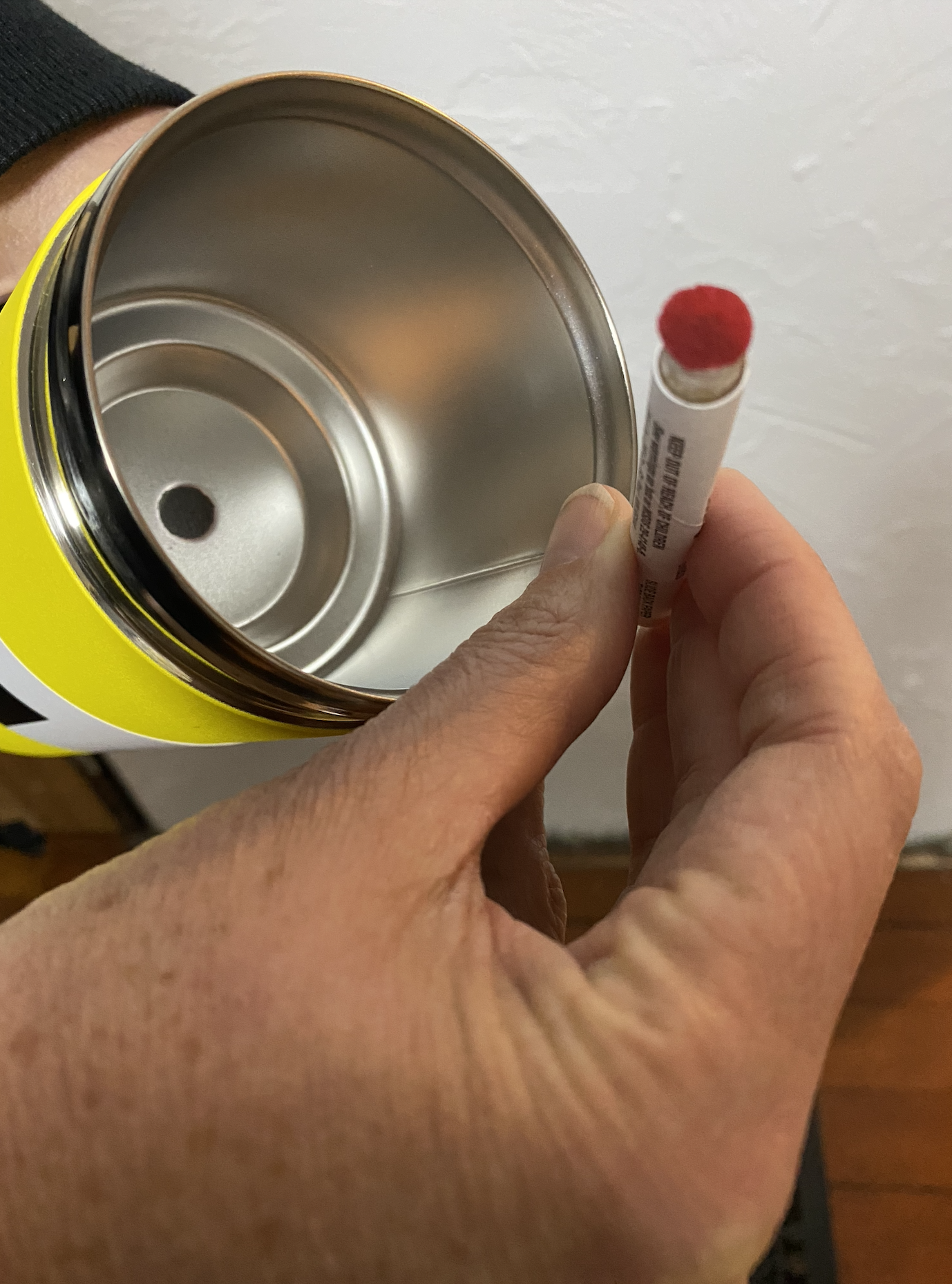
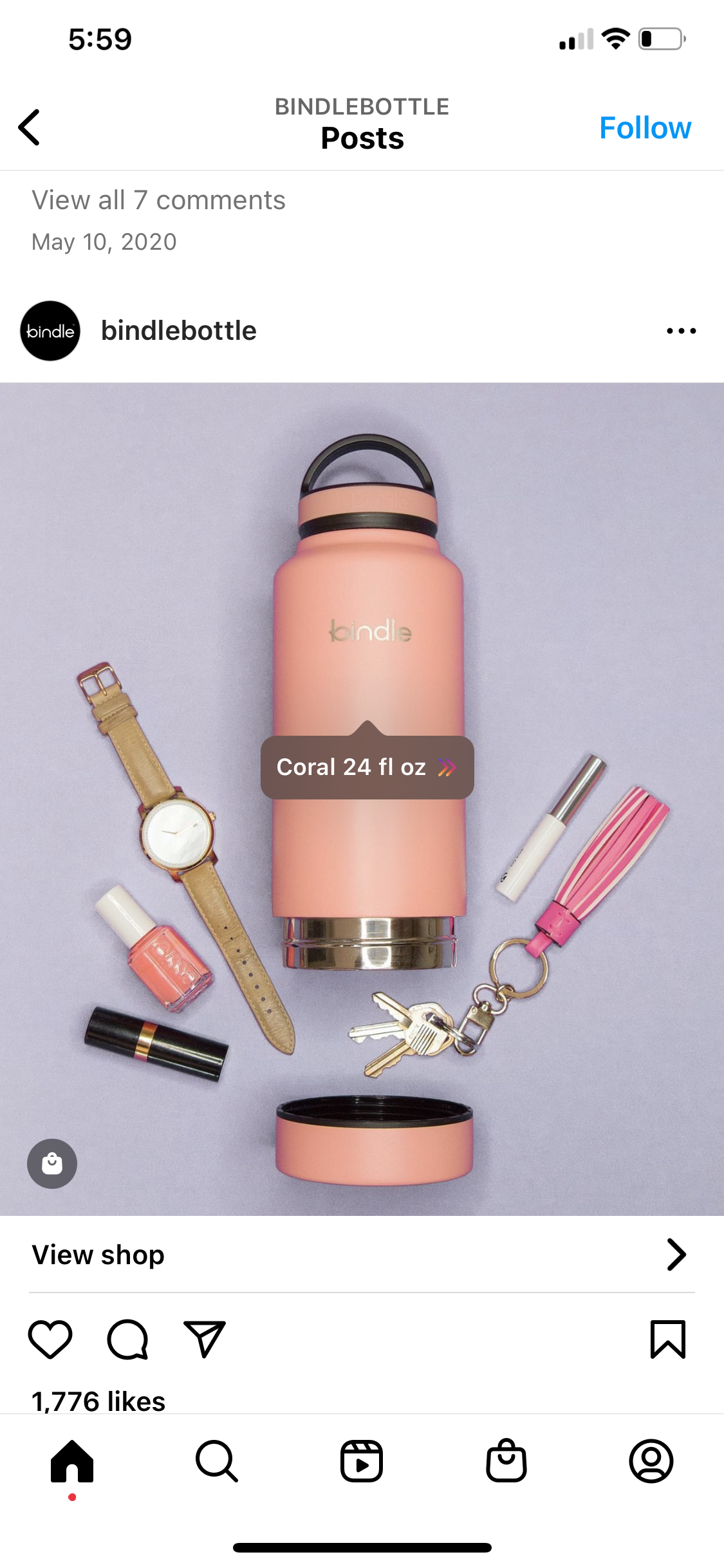
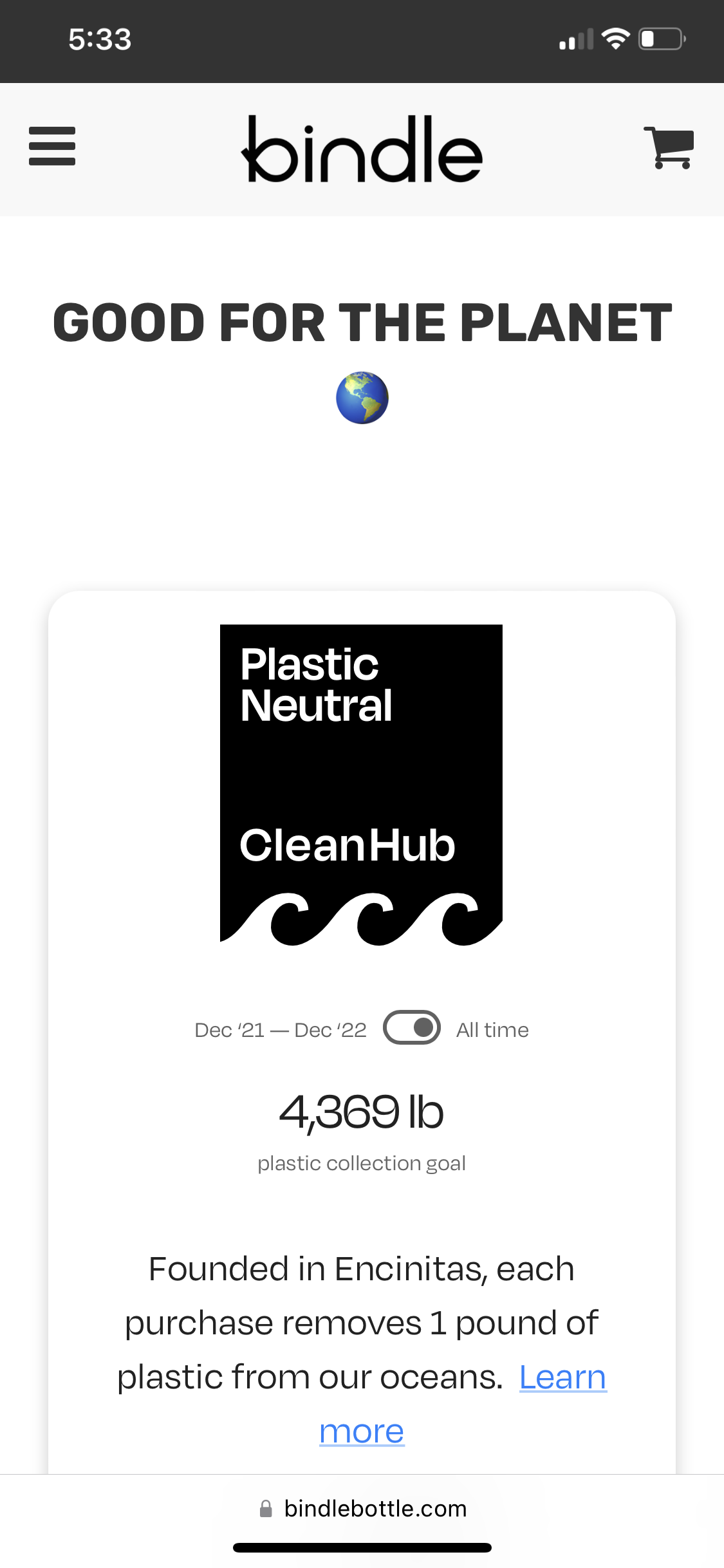
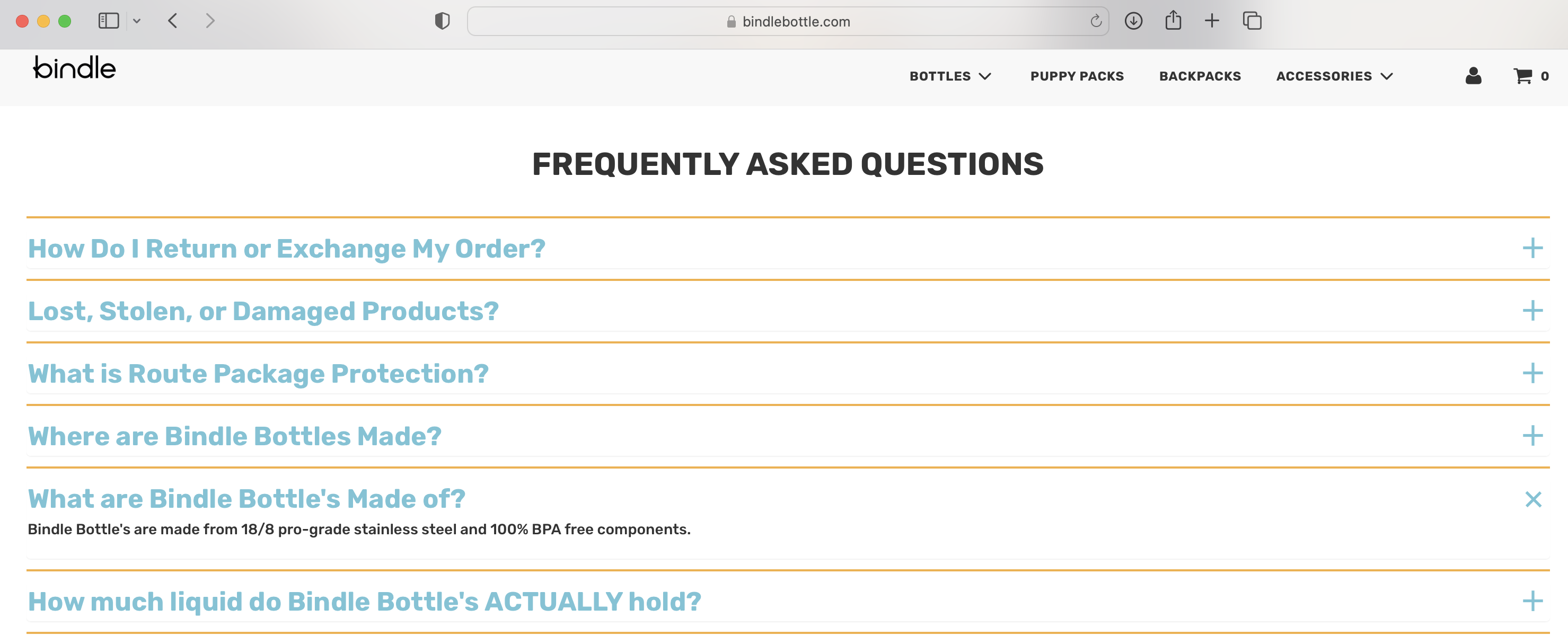 Buyers of this product would never assume there is any Lead in the product — let alone a solid blob of (highly-neurotoxic,
Buyers of this product would never assume there is any Lead in the product — let alone a solid blob of (highly-neurotoxic, 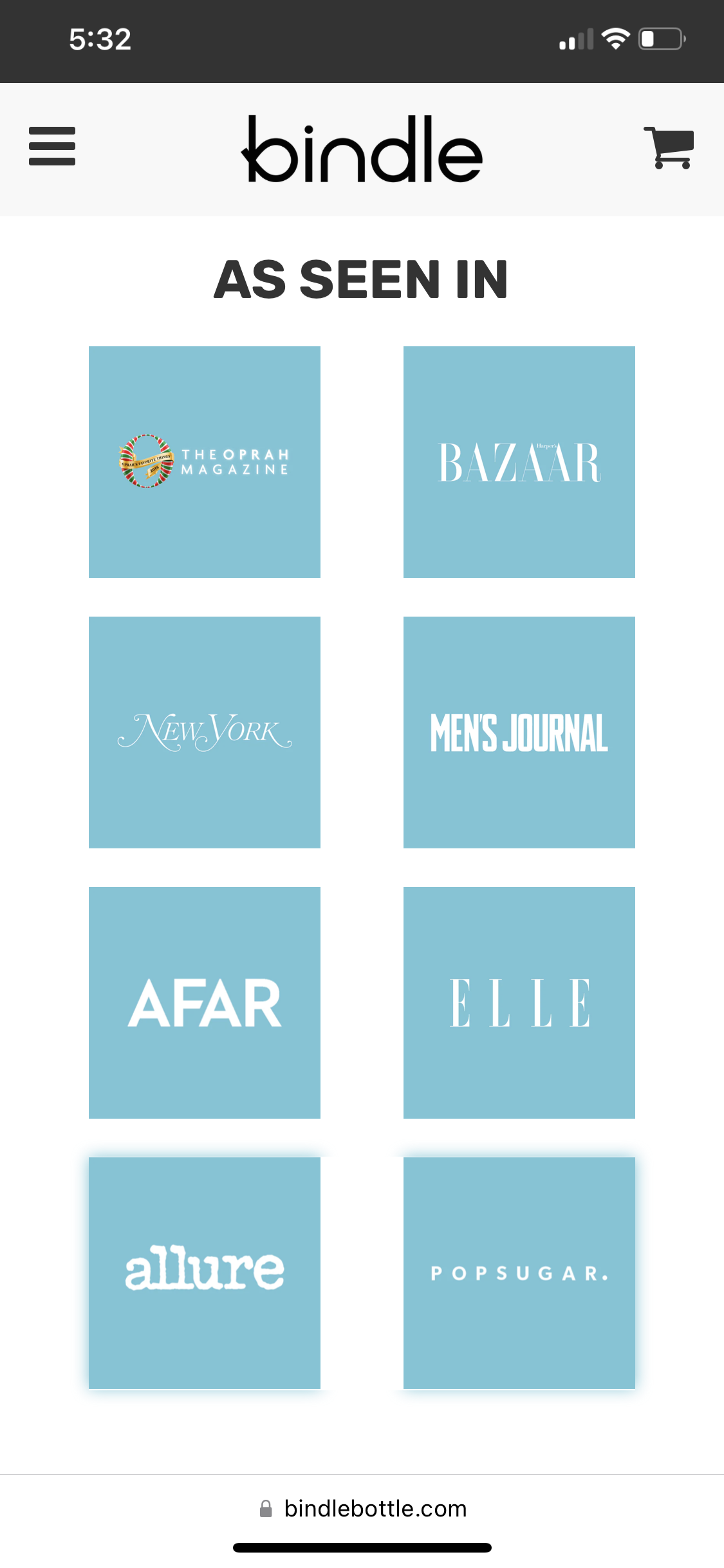
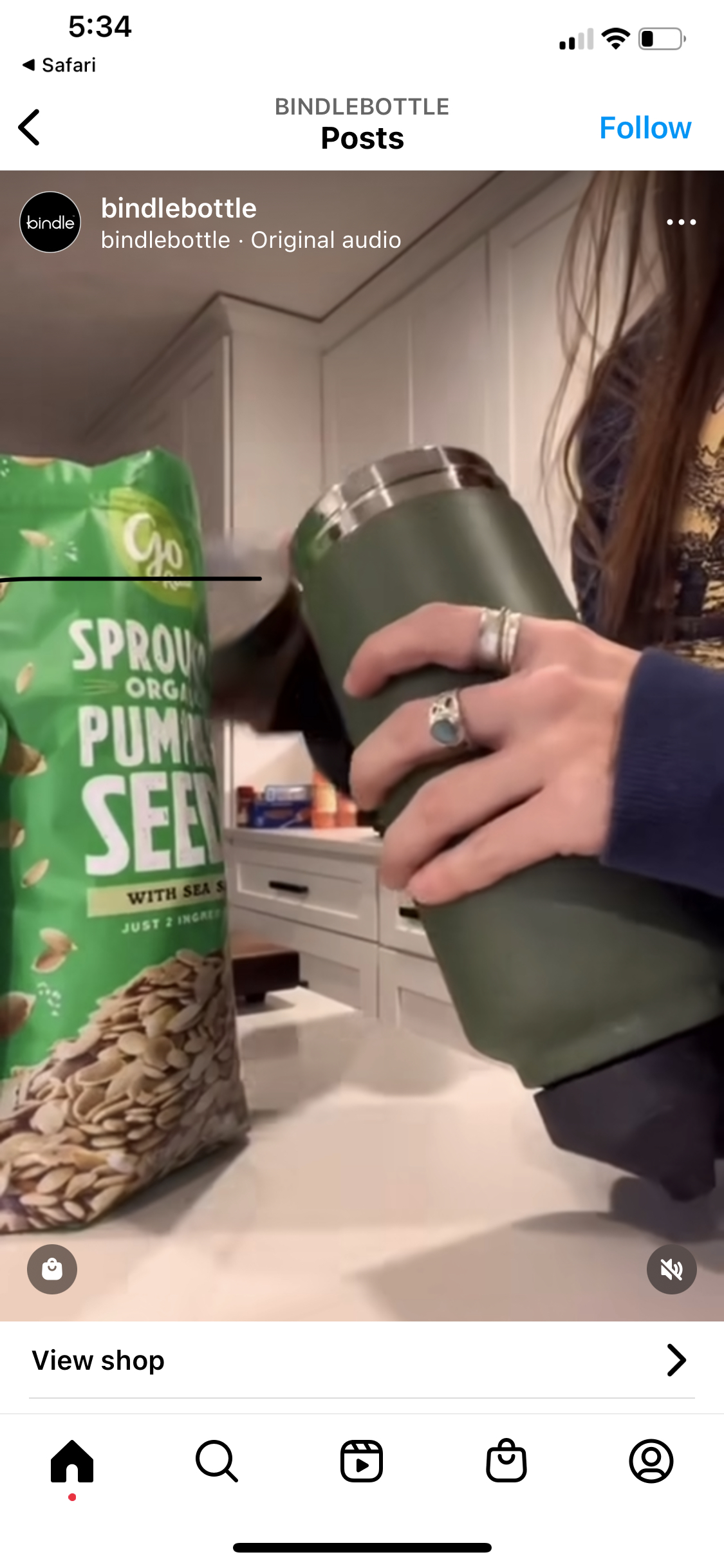

Thankyou for reporting this. I found these bottles available in the UK so have put a warning in a review.
Thank you so much for responding to my email and testing this product! Glad I didn’t use it after receiving the item and seeing the dot
Thank you for the heads up! What a horrible product!